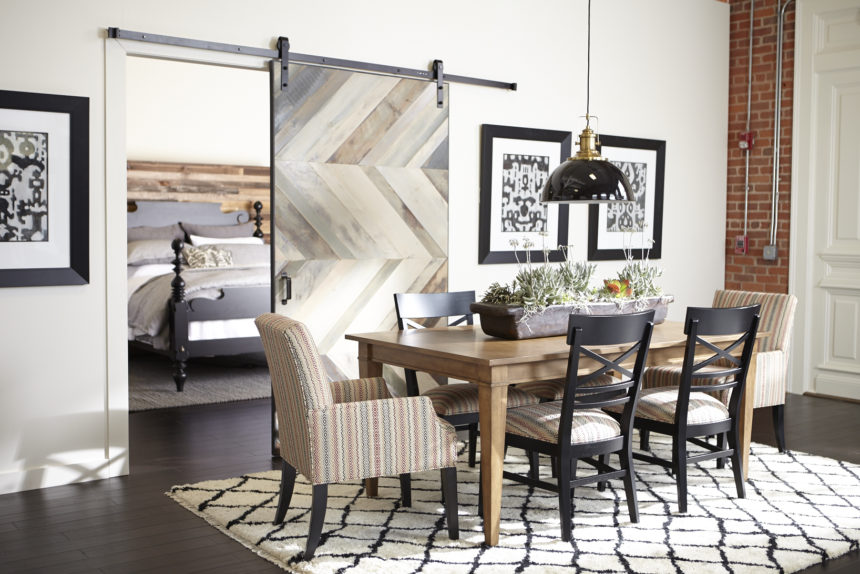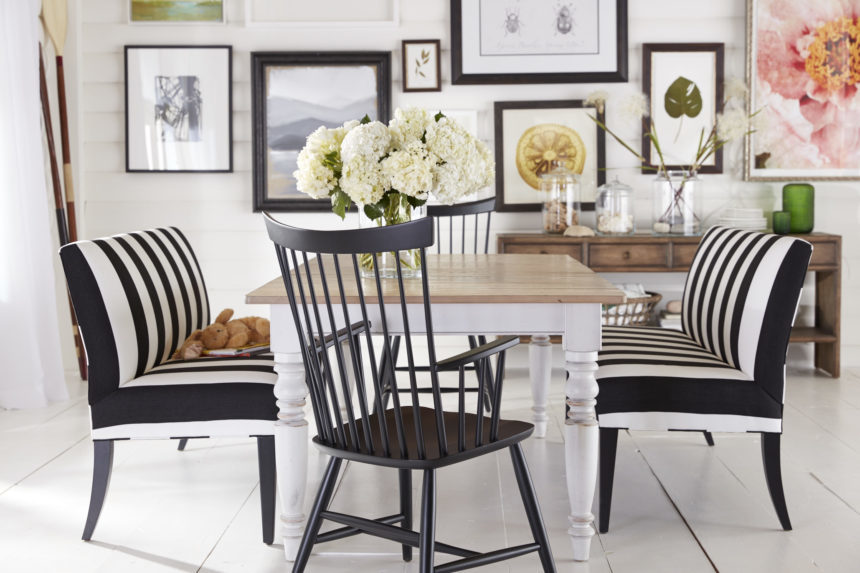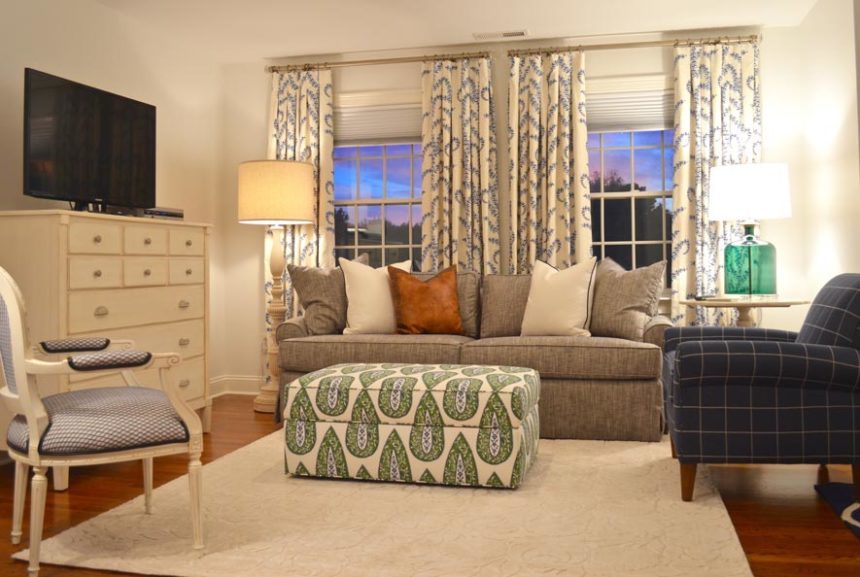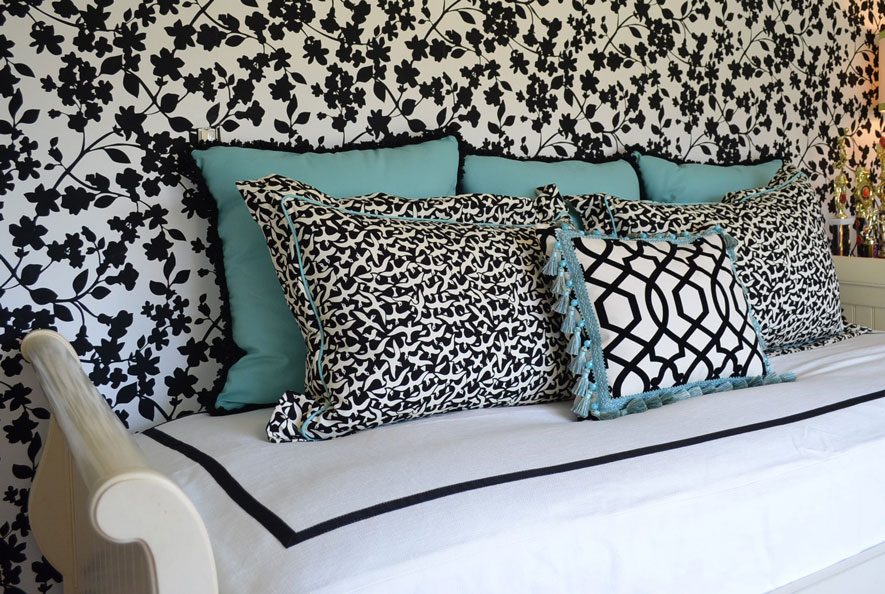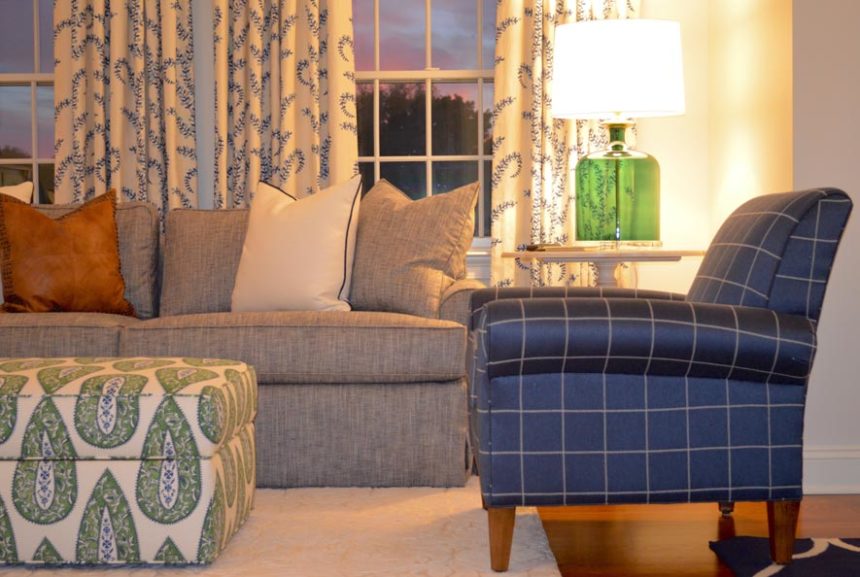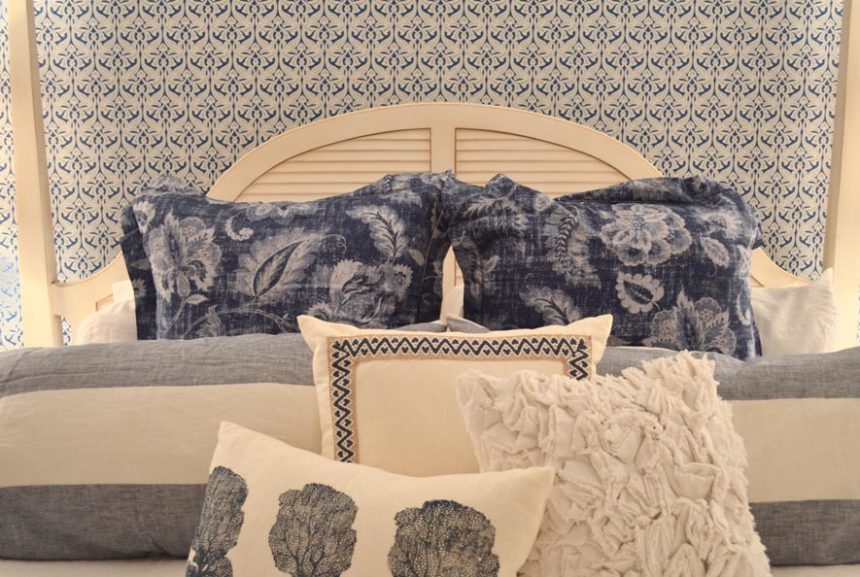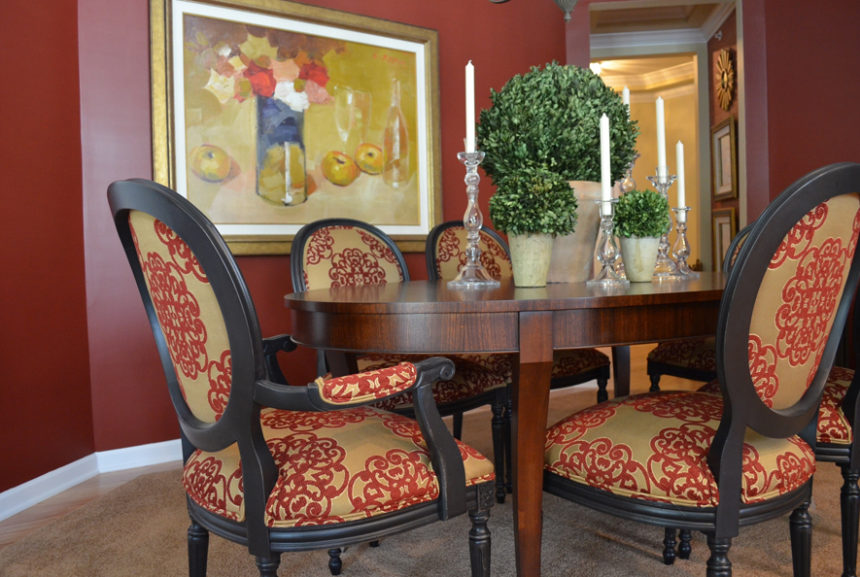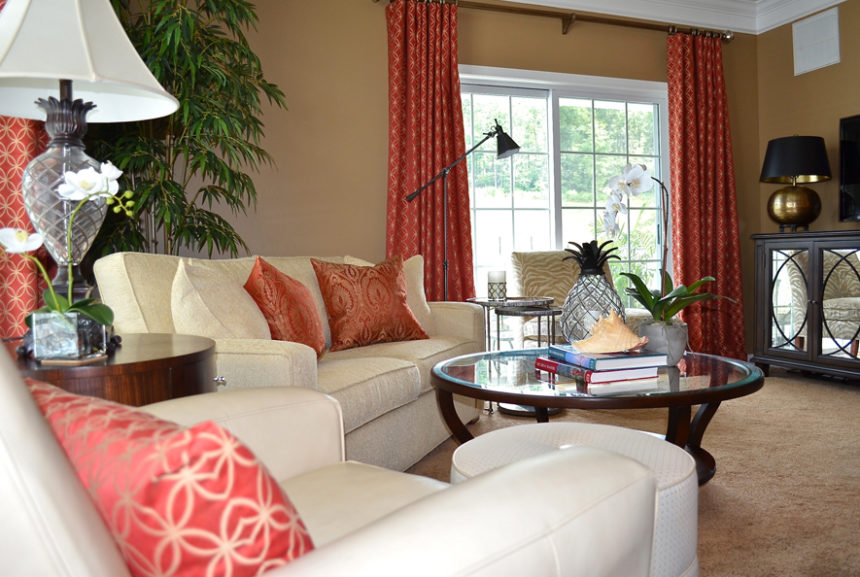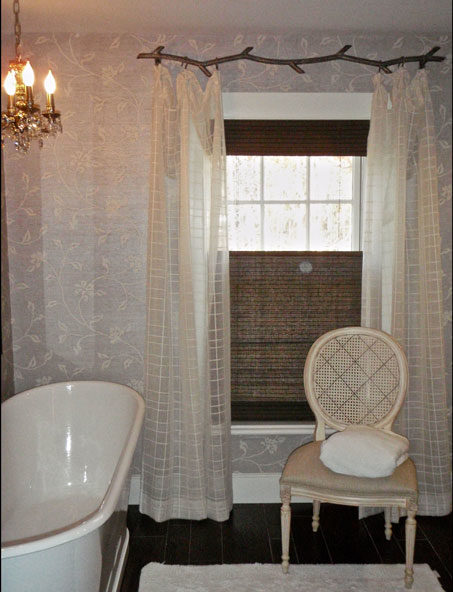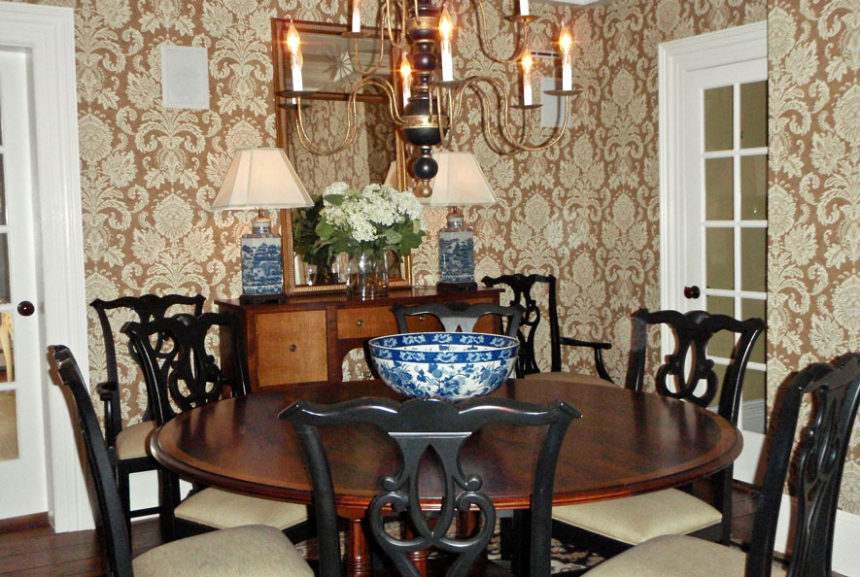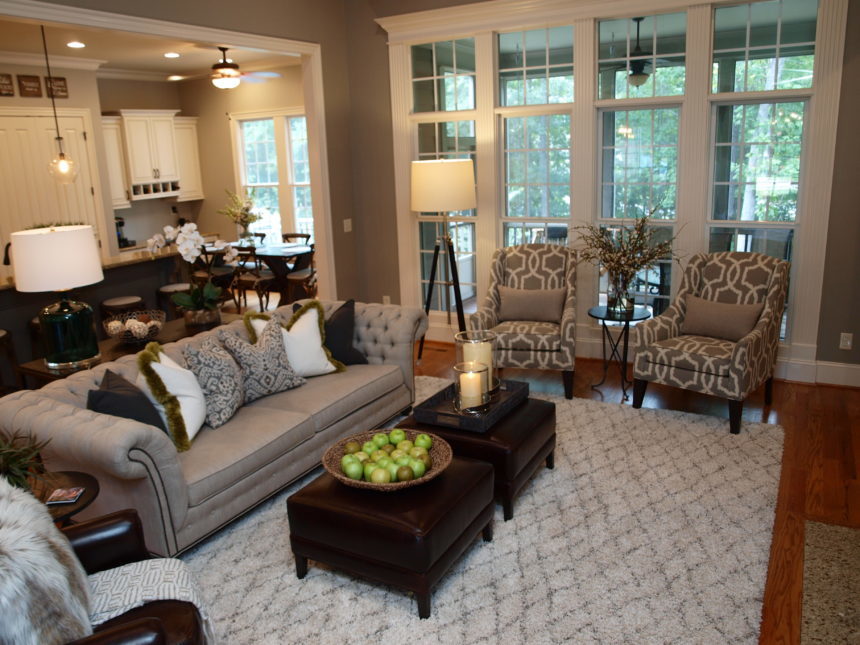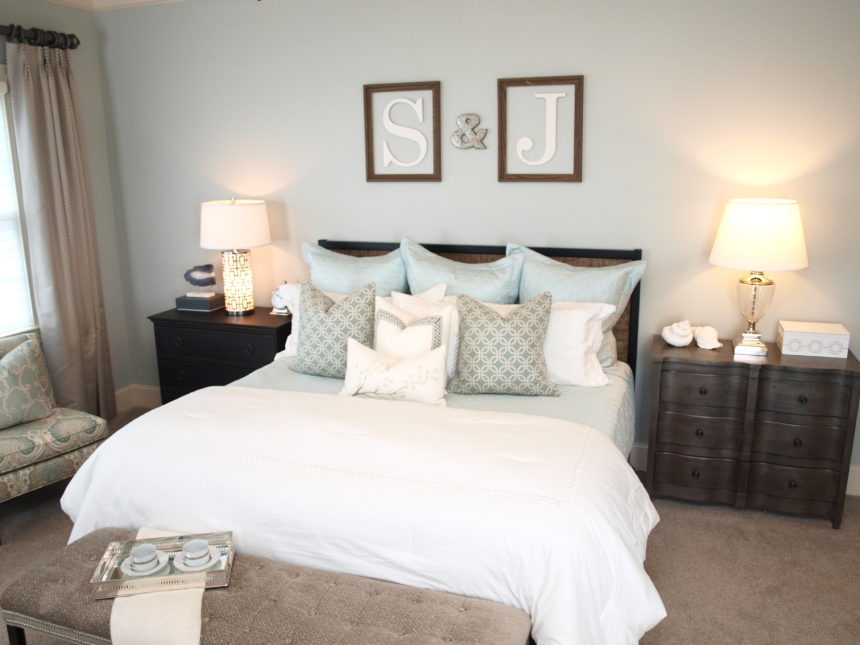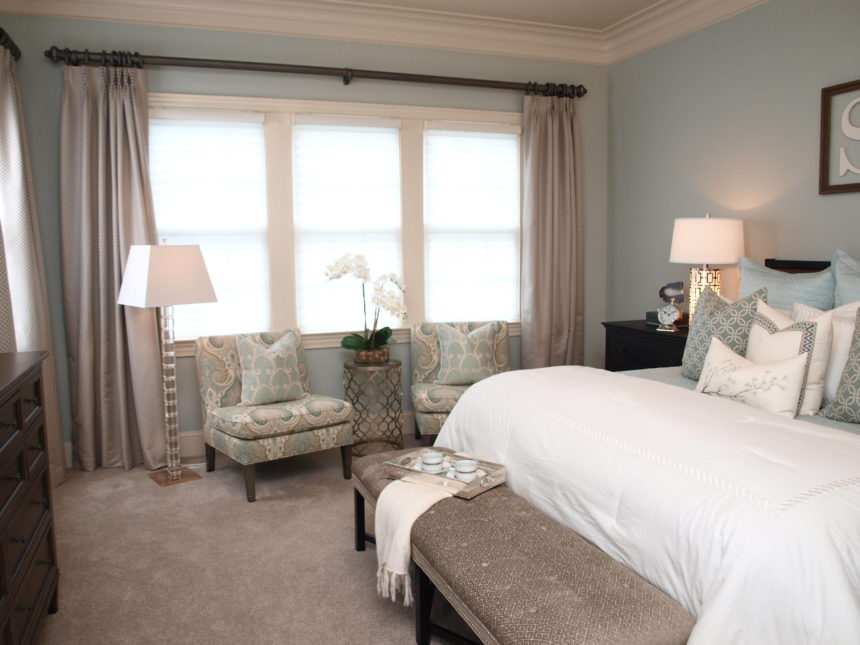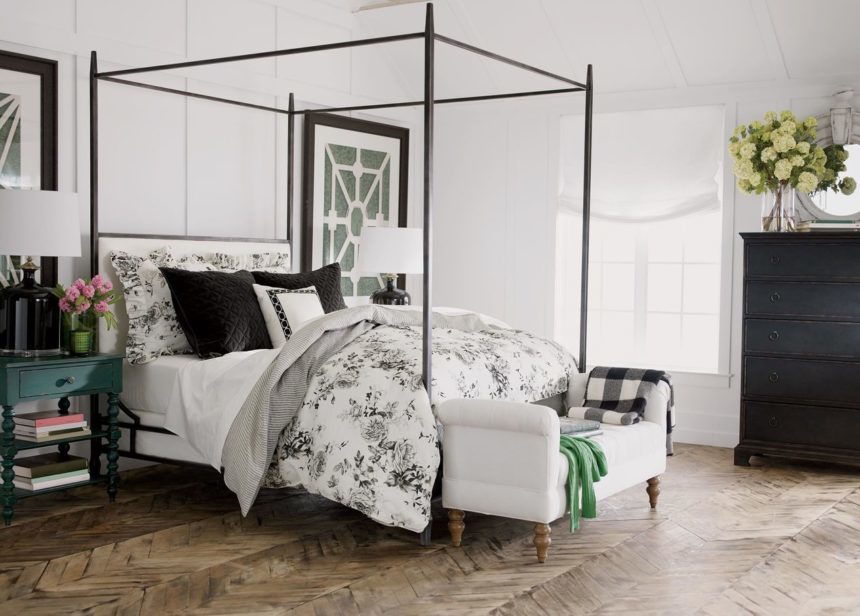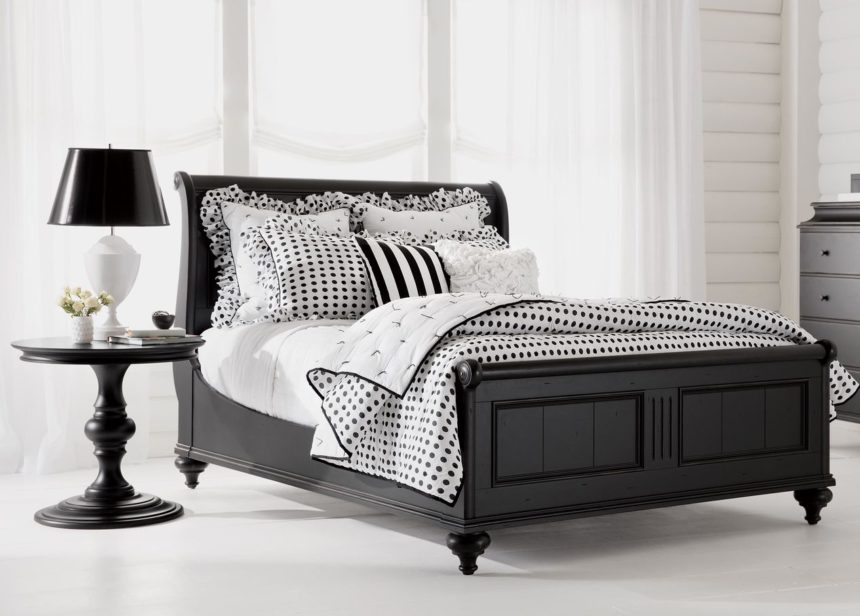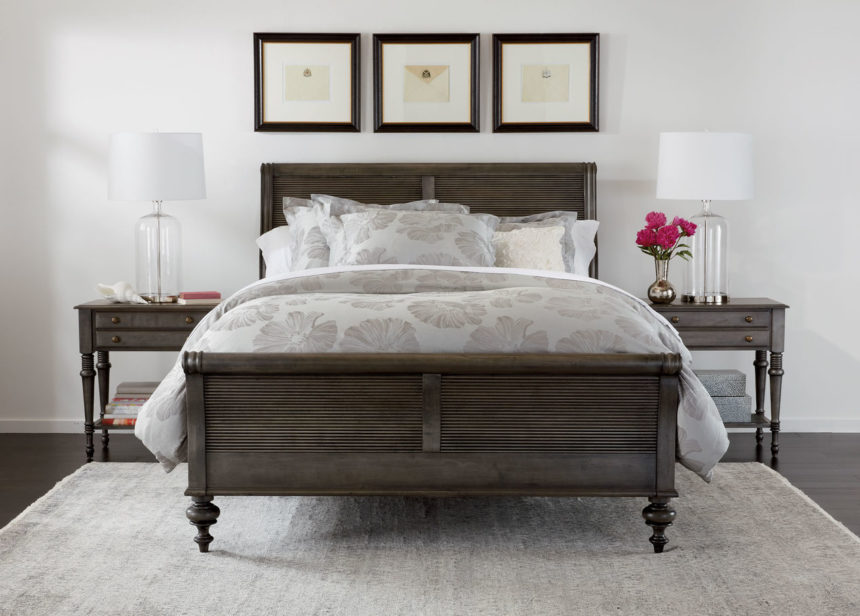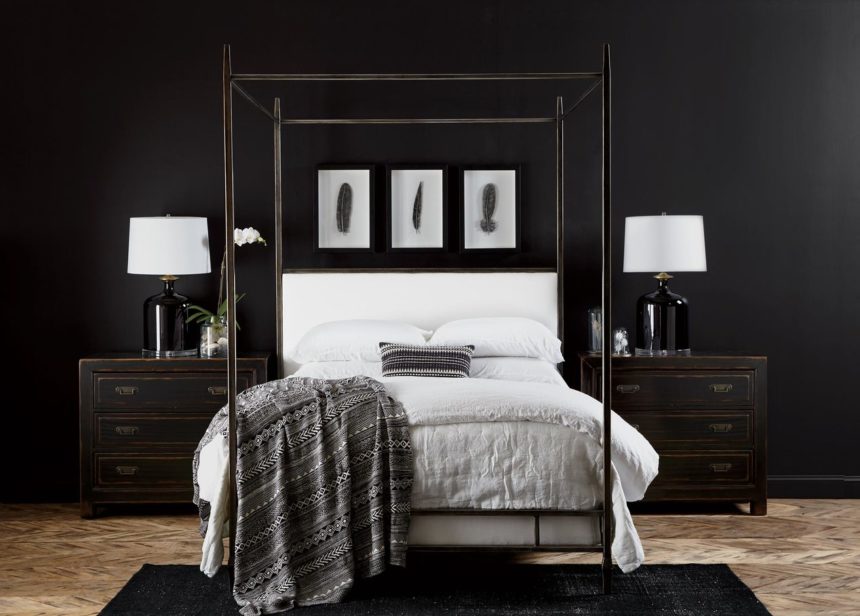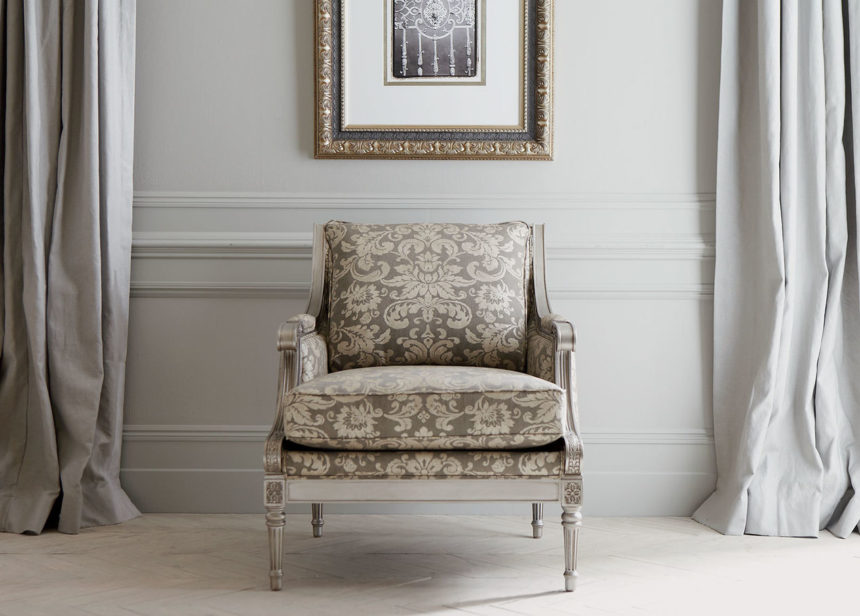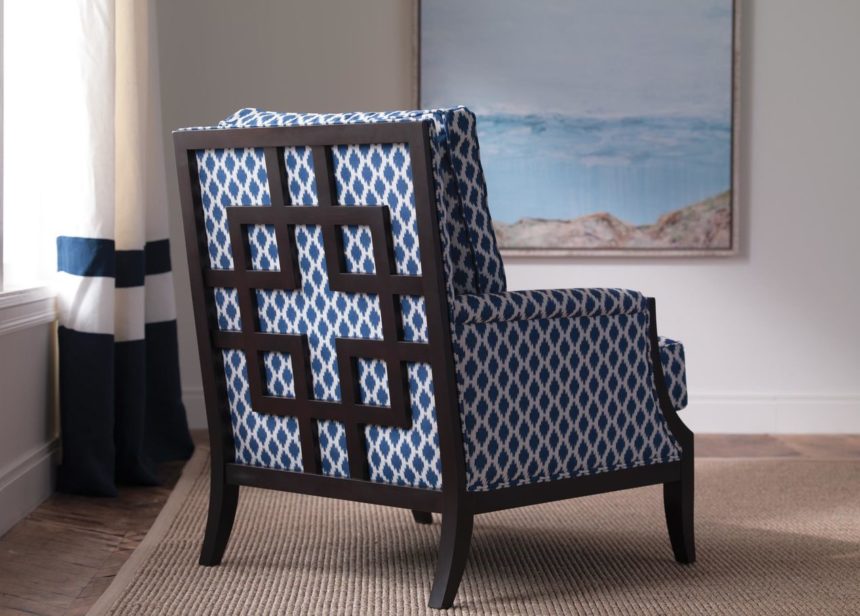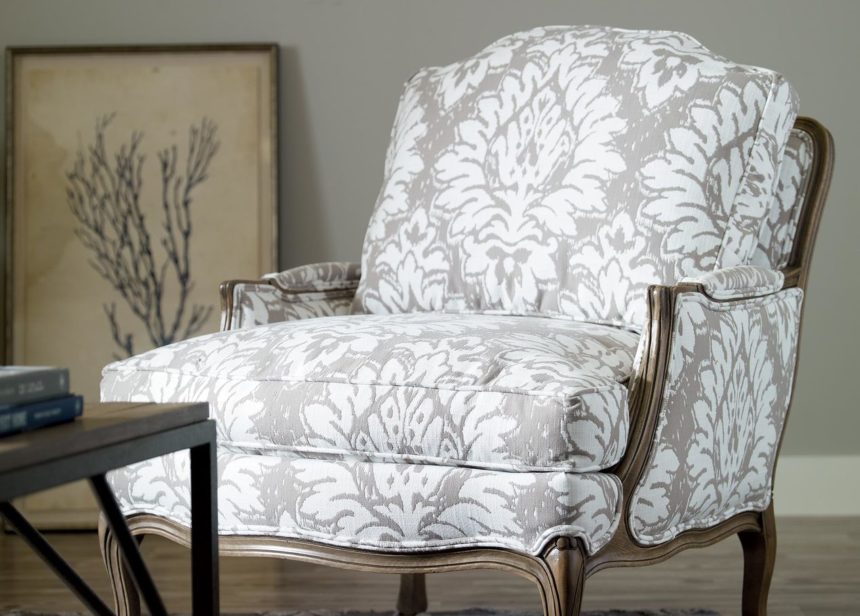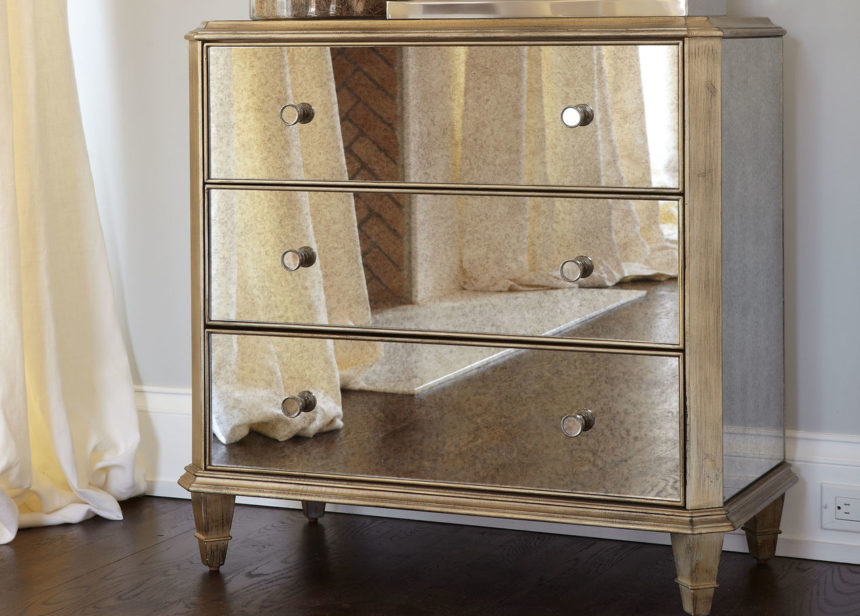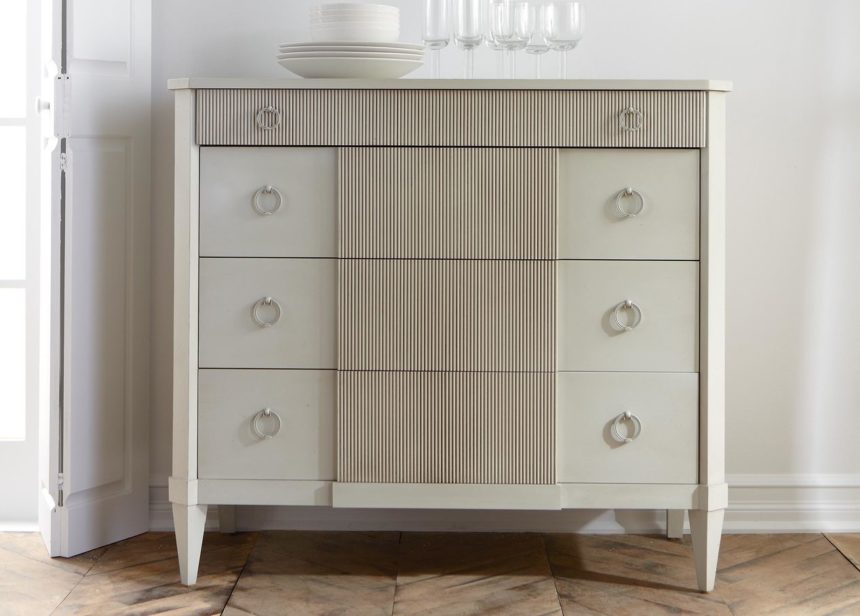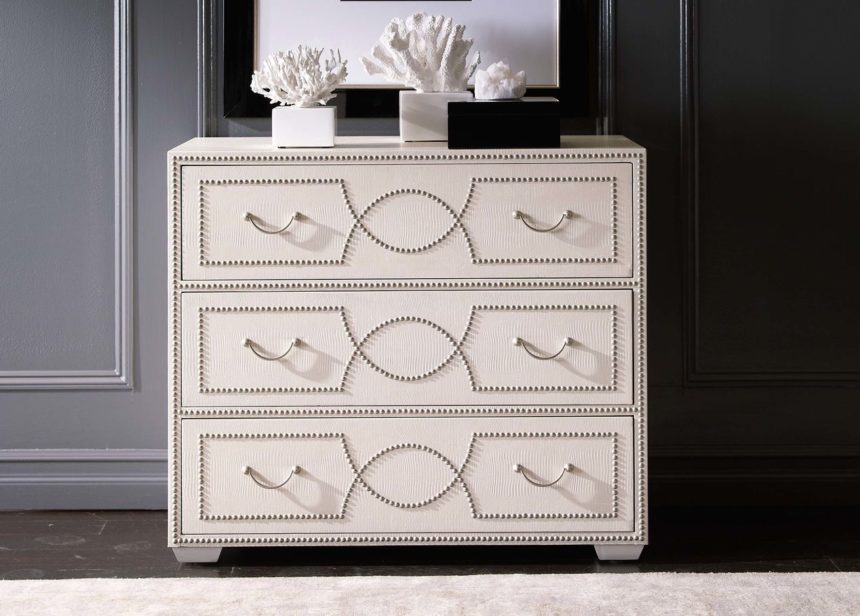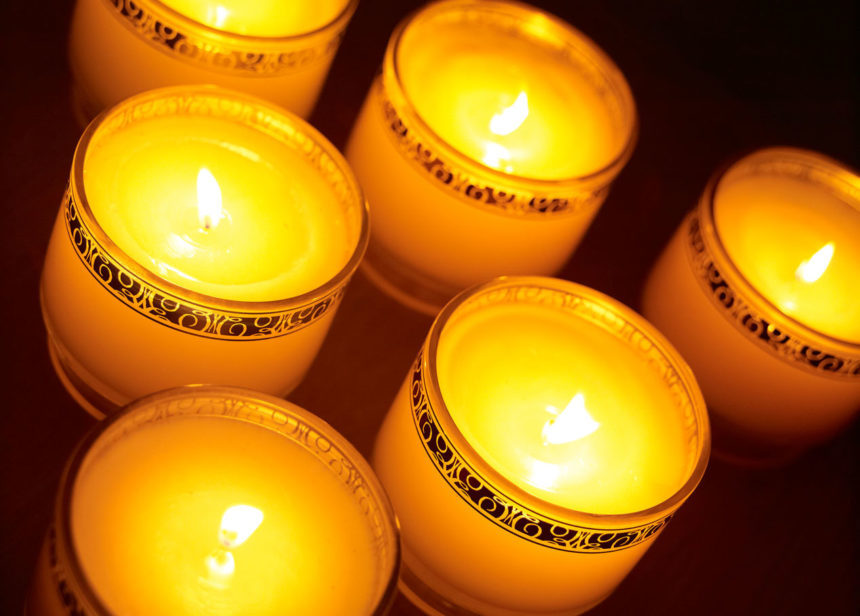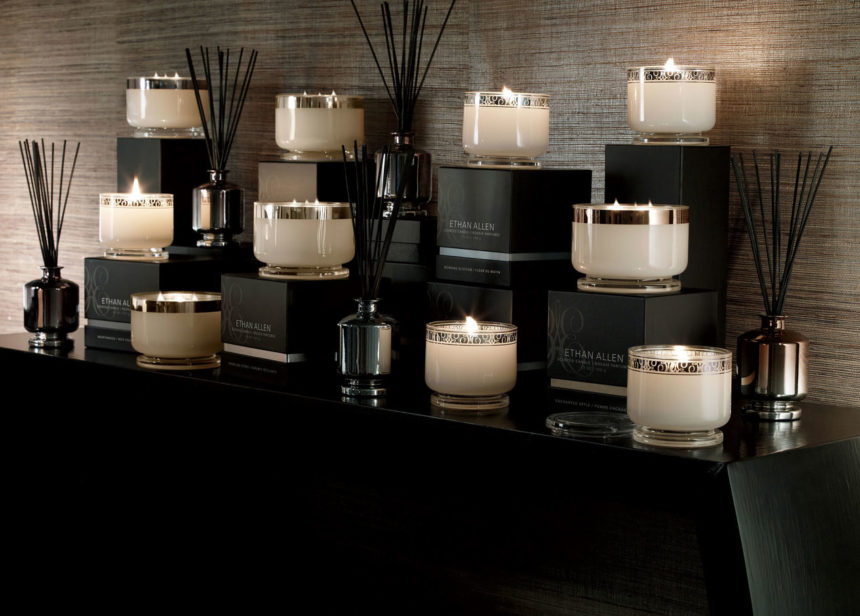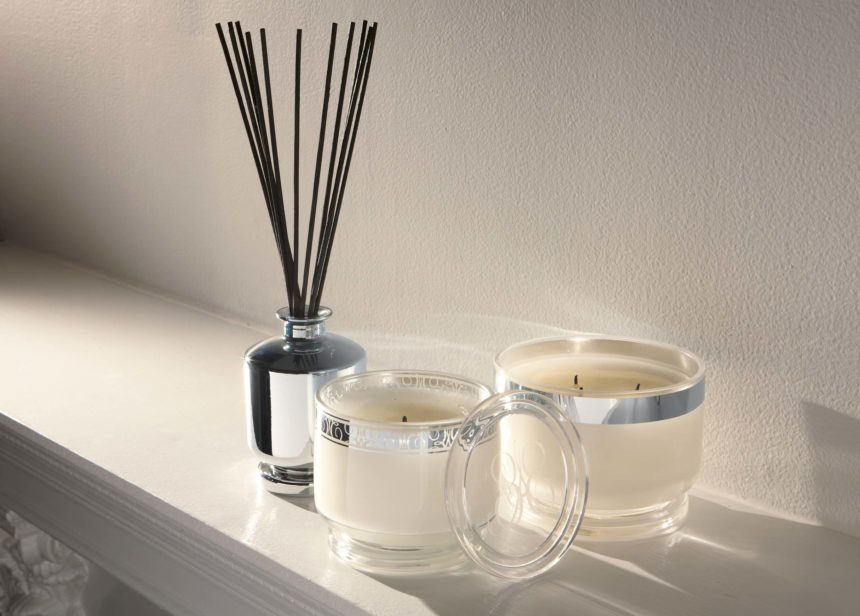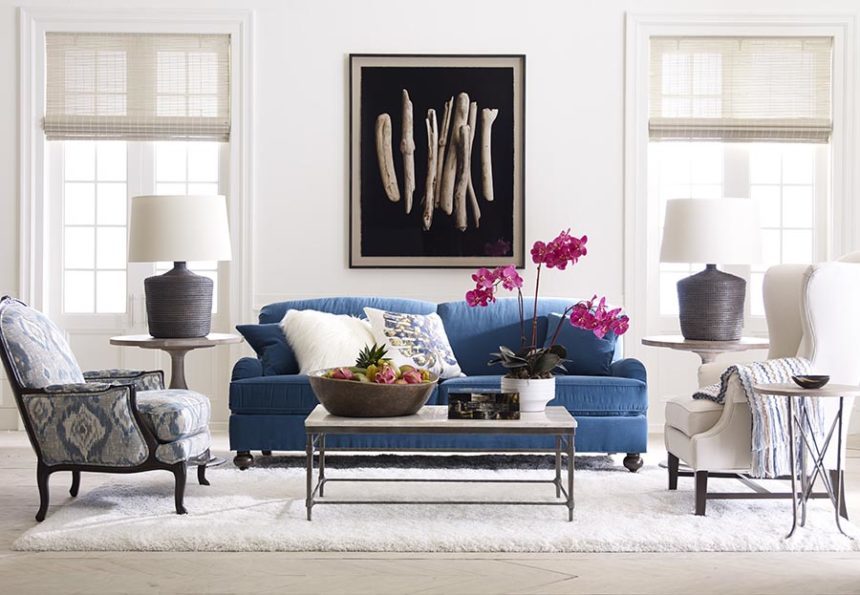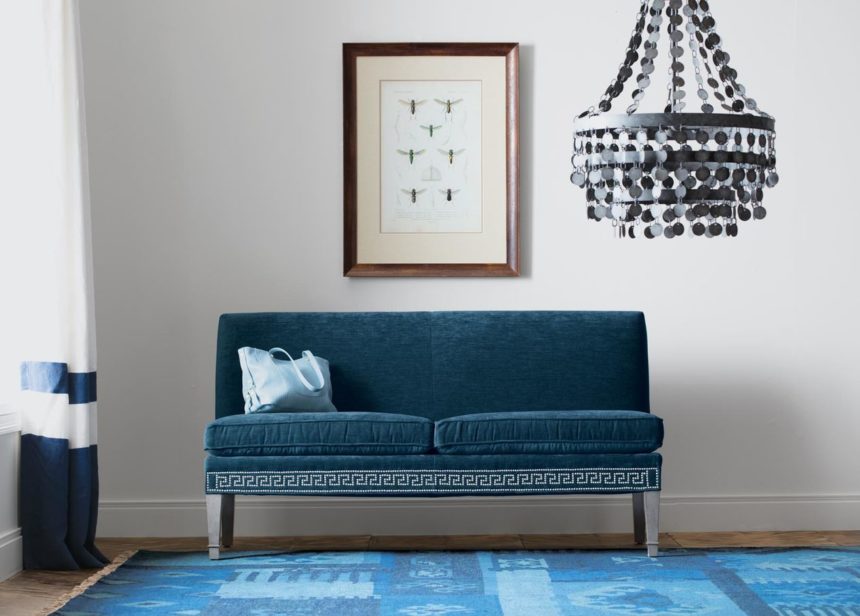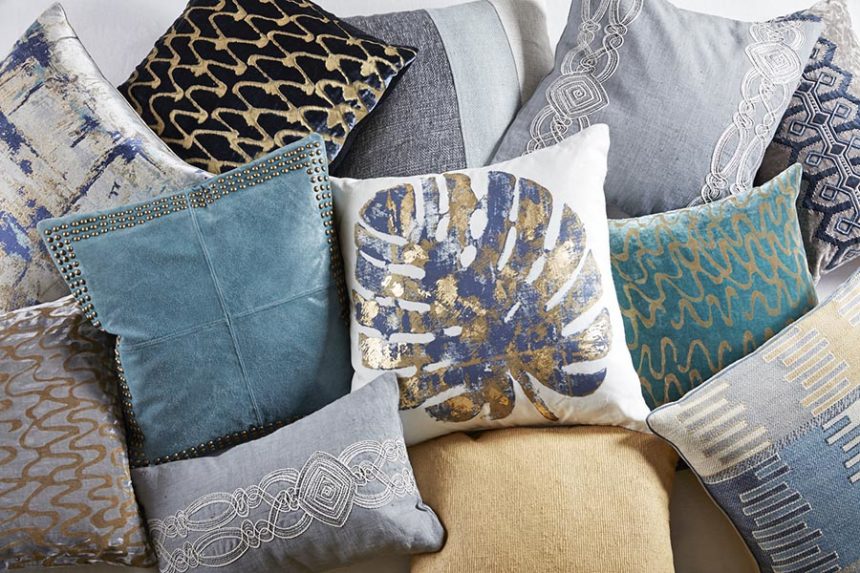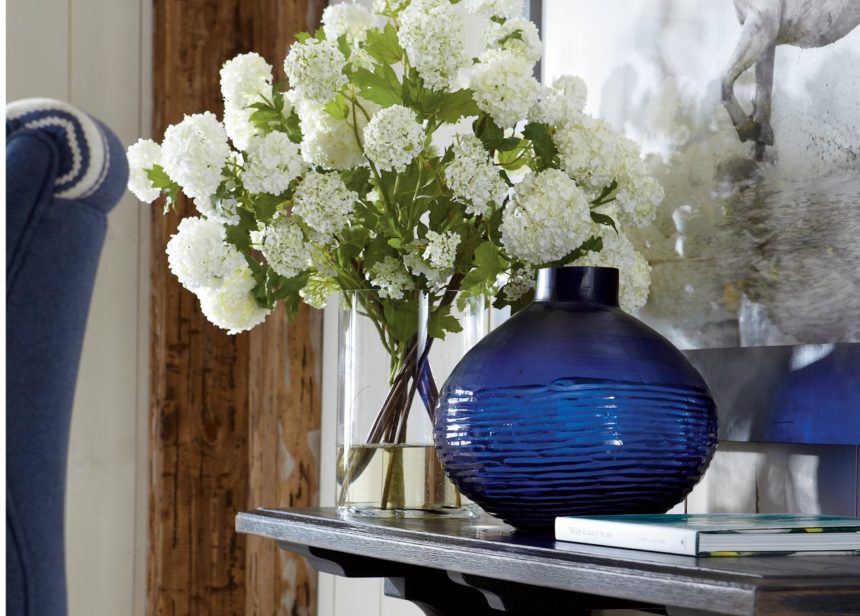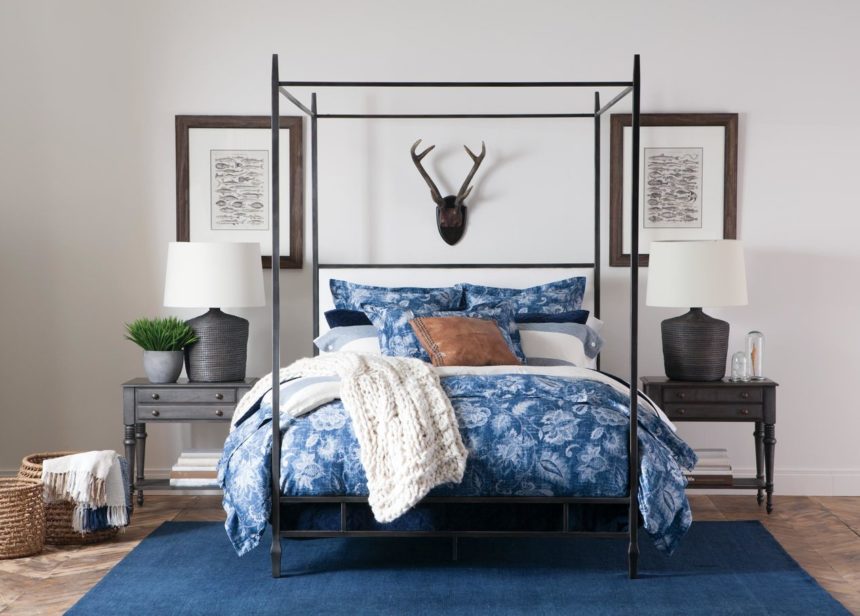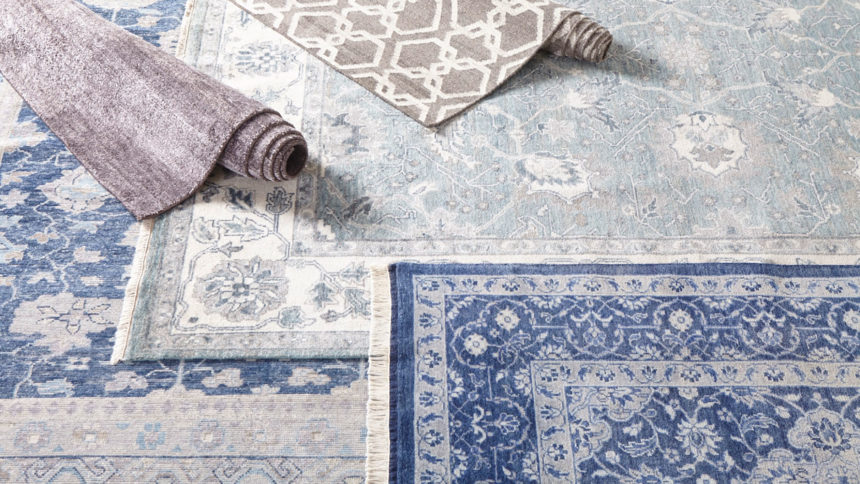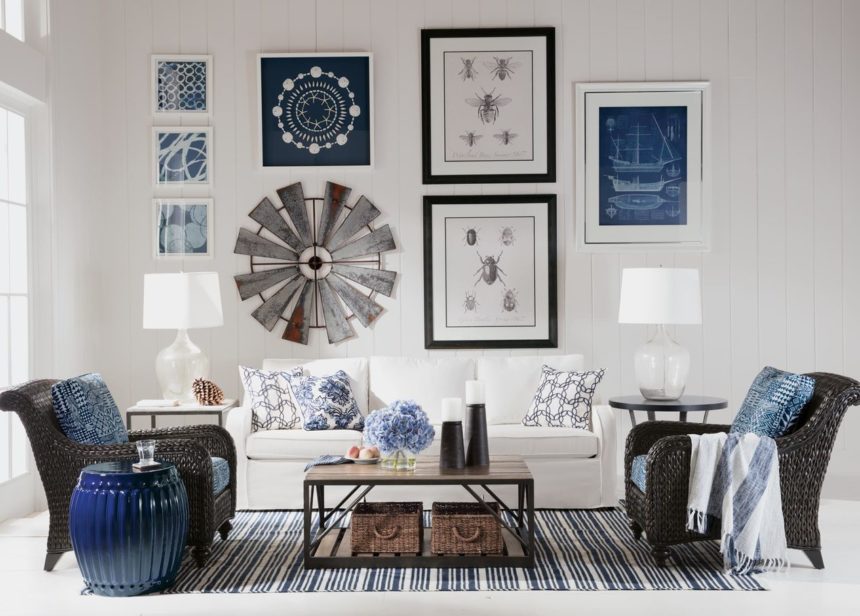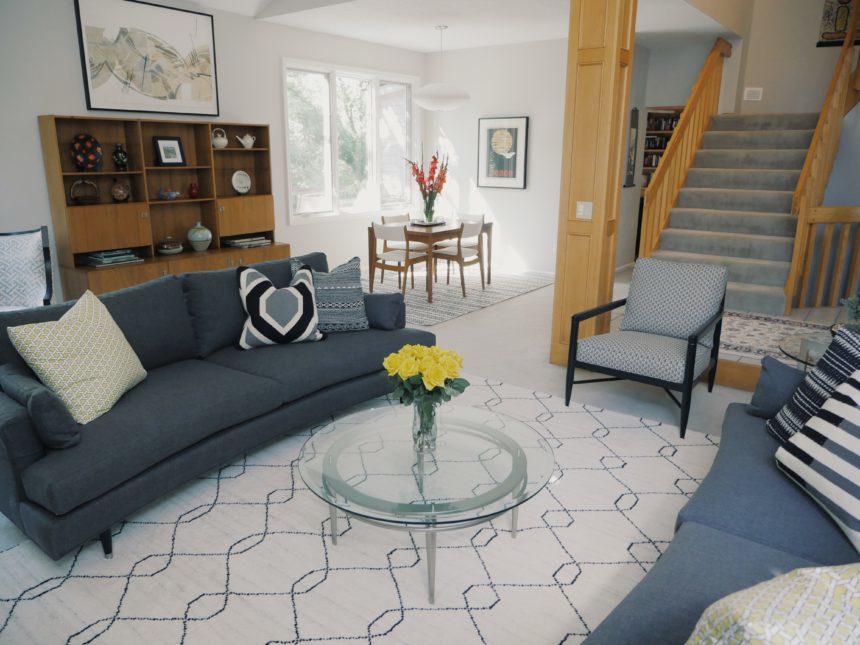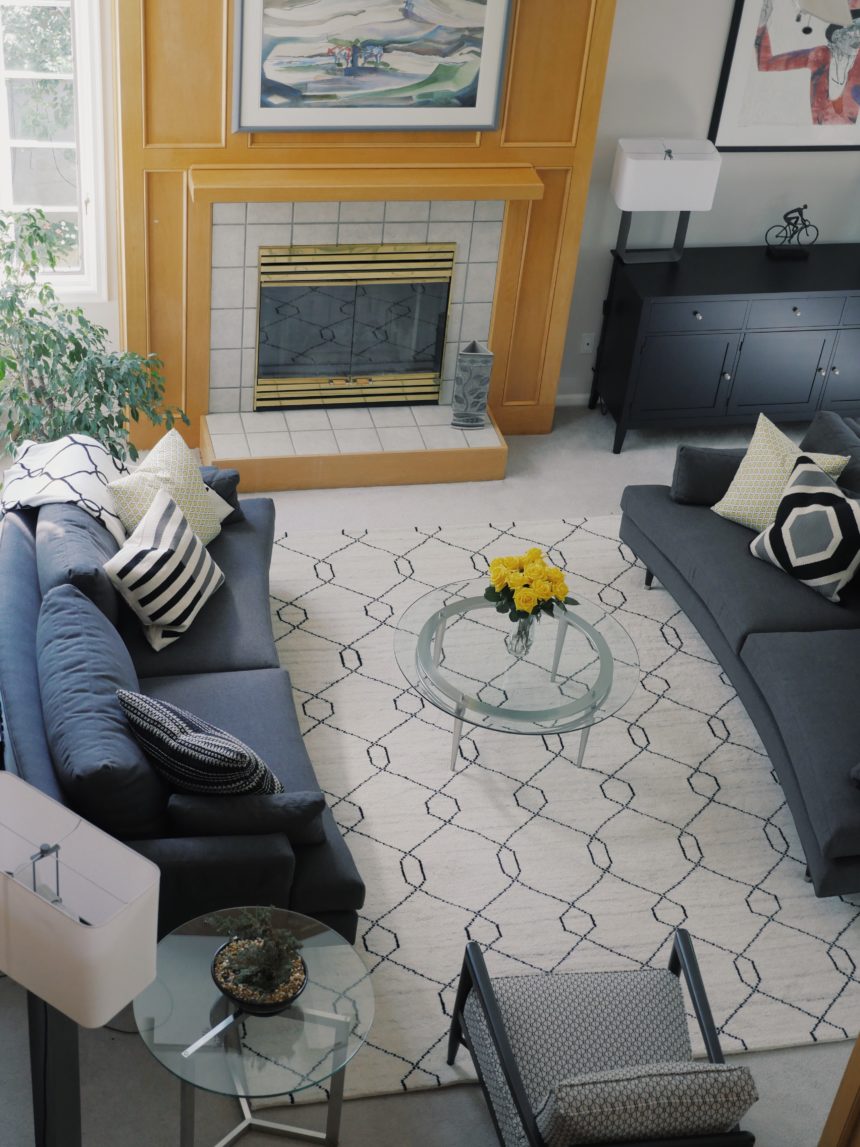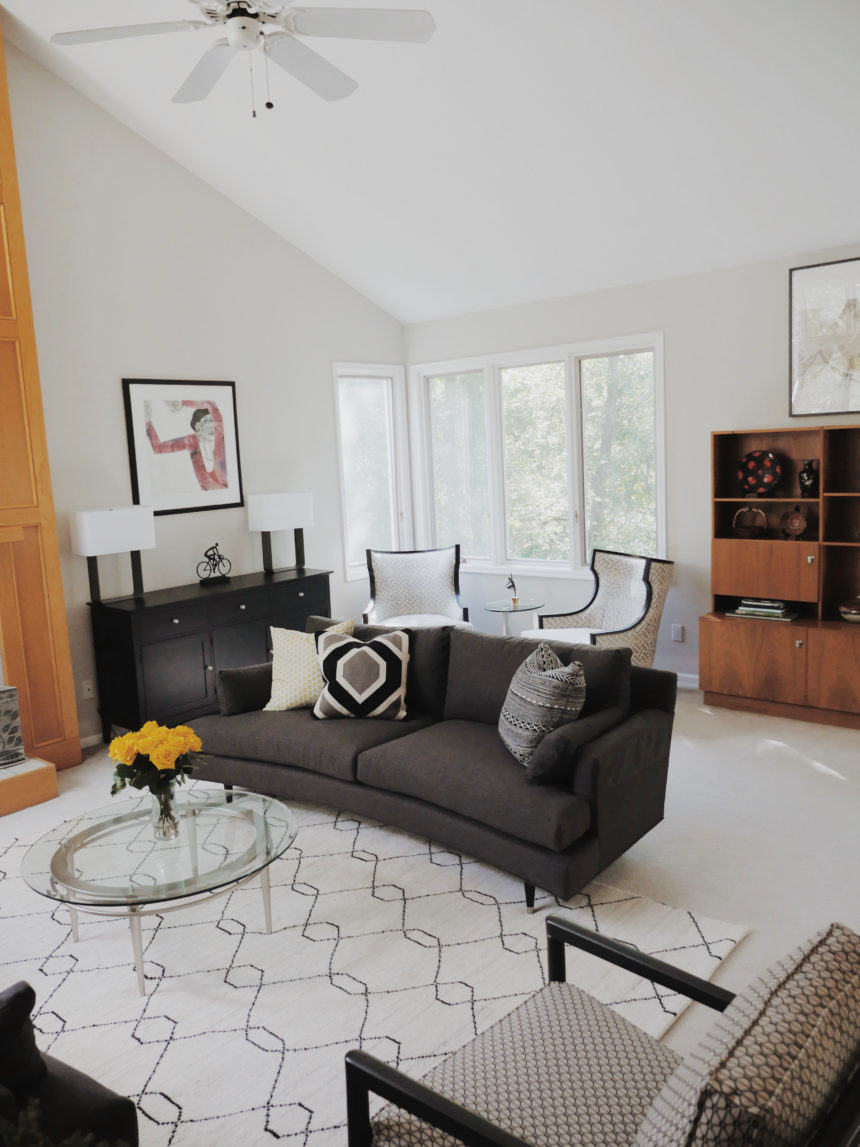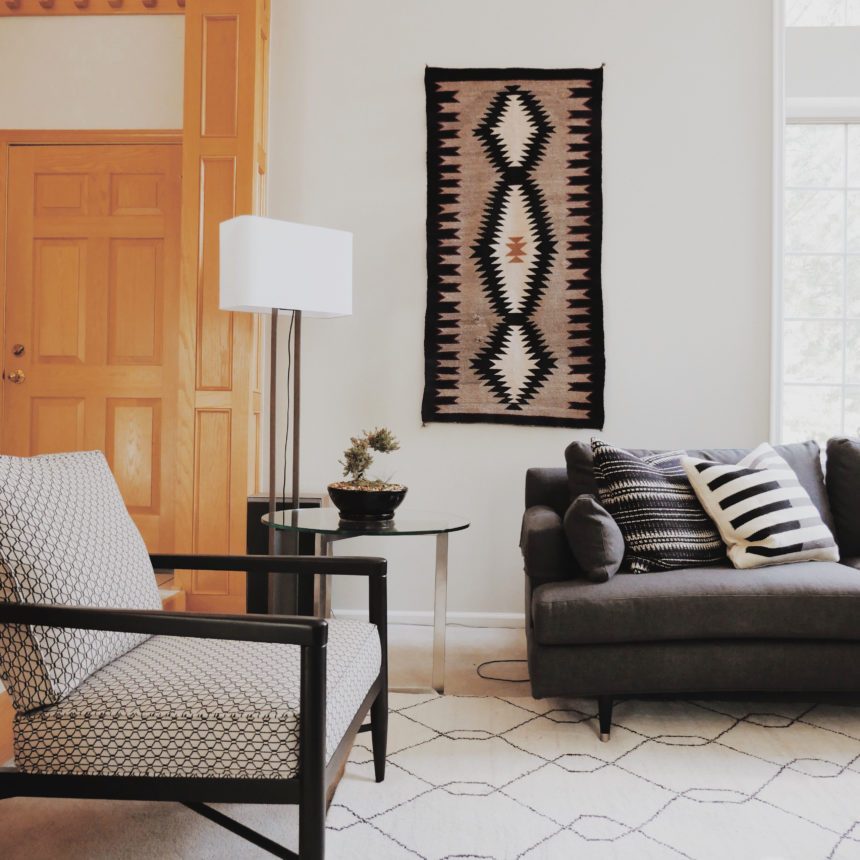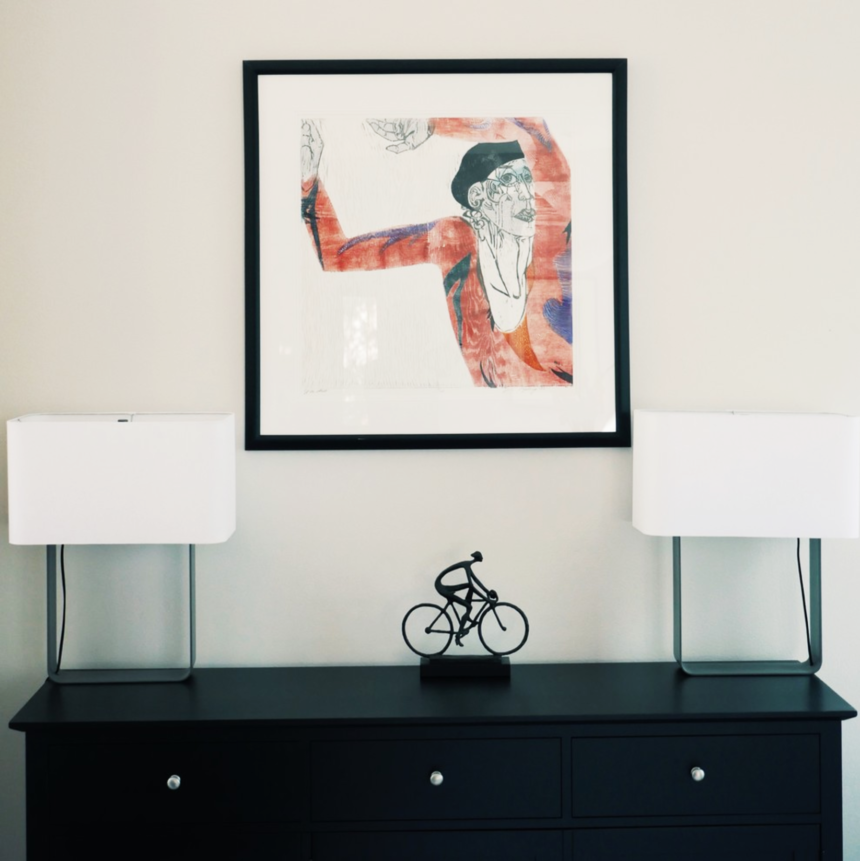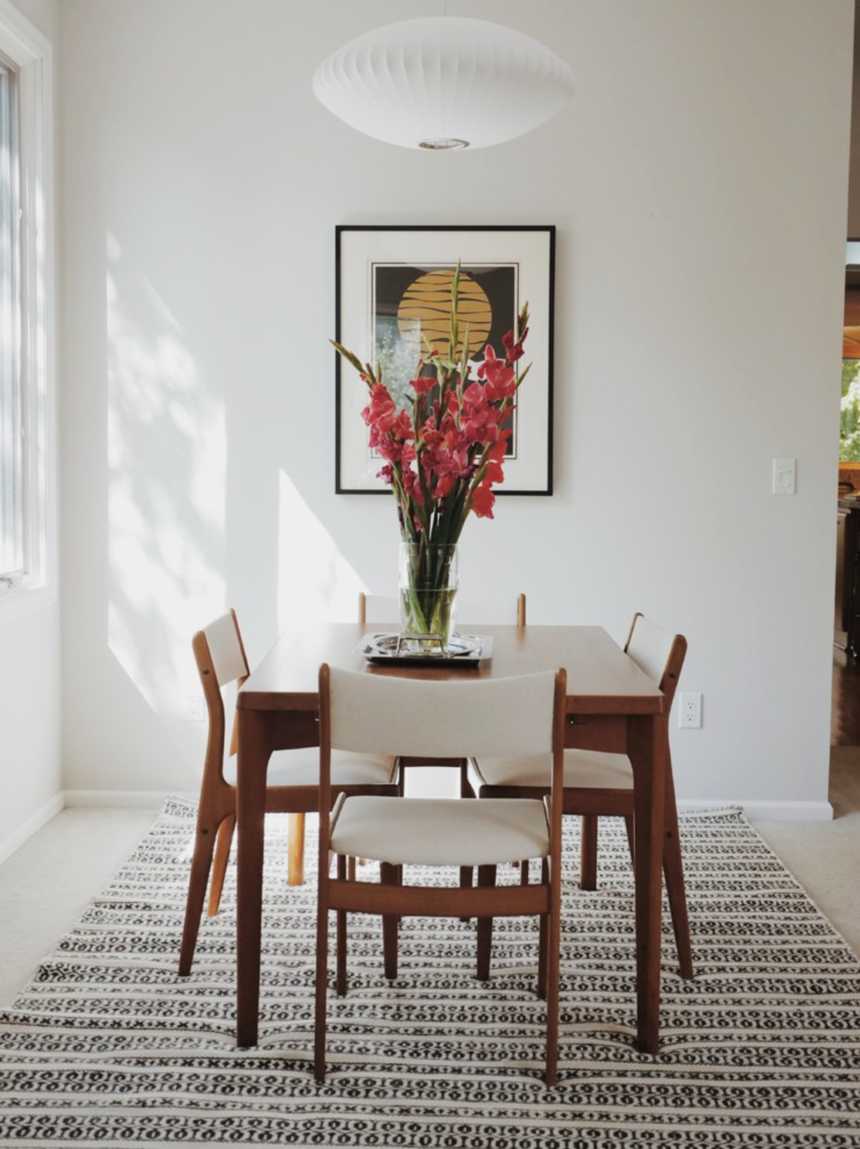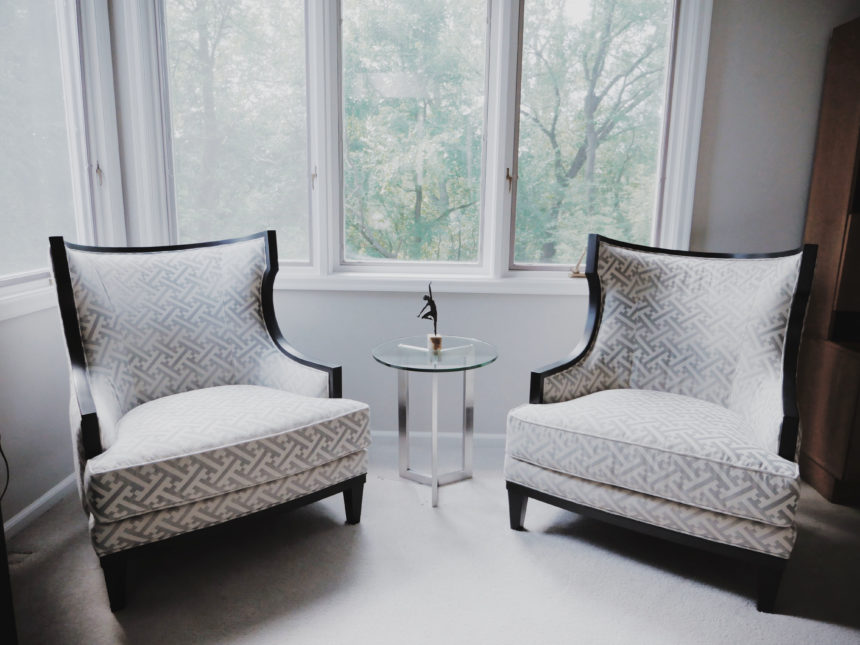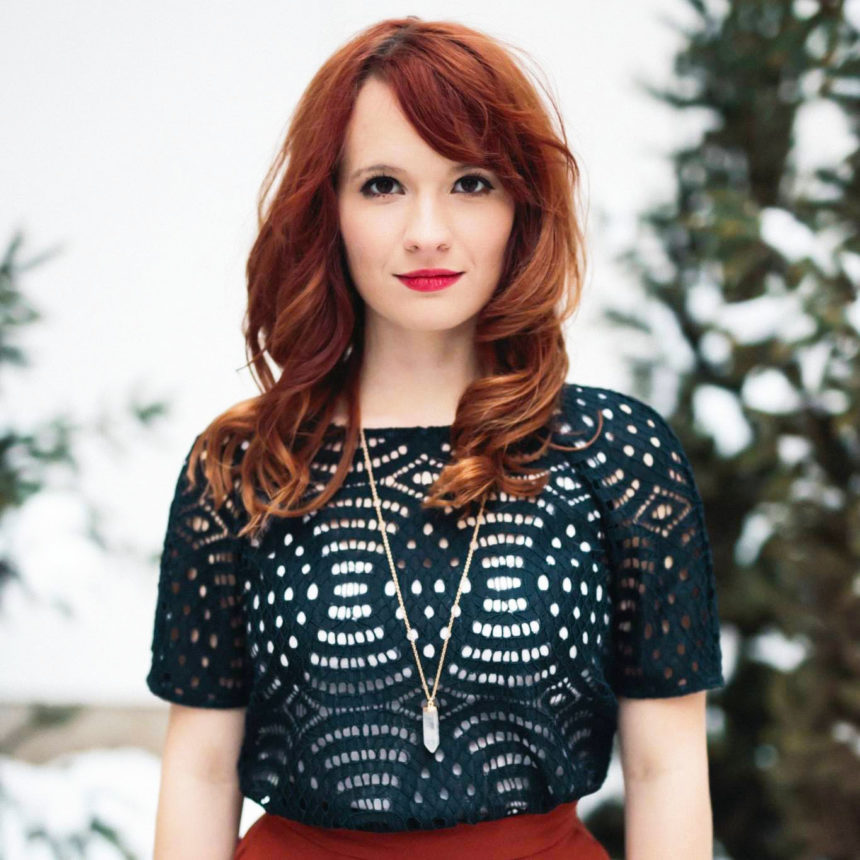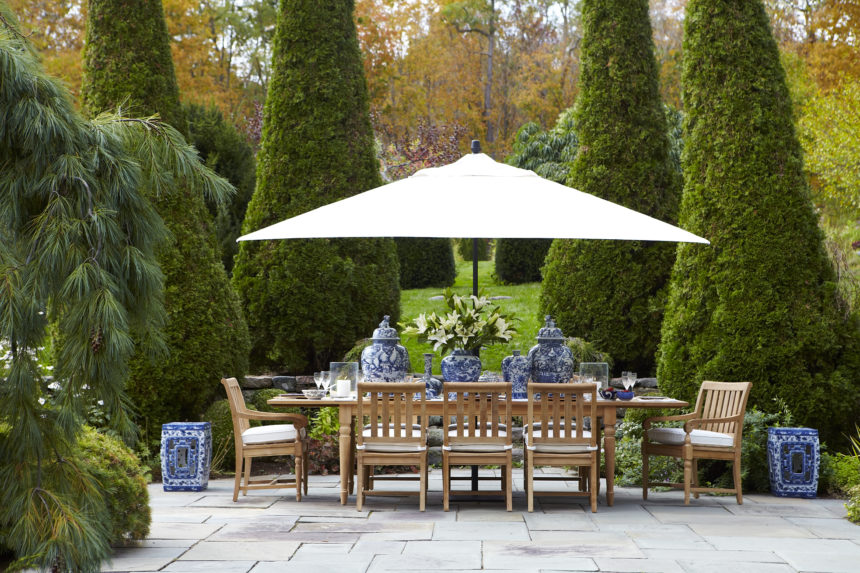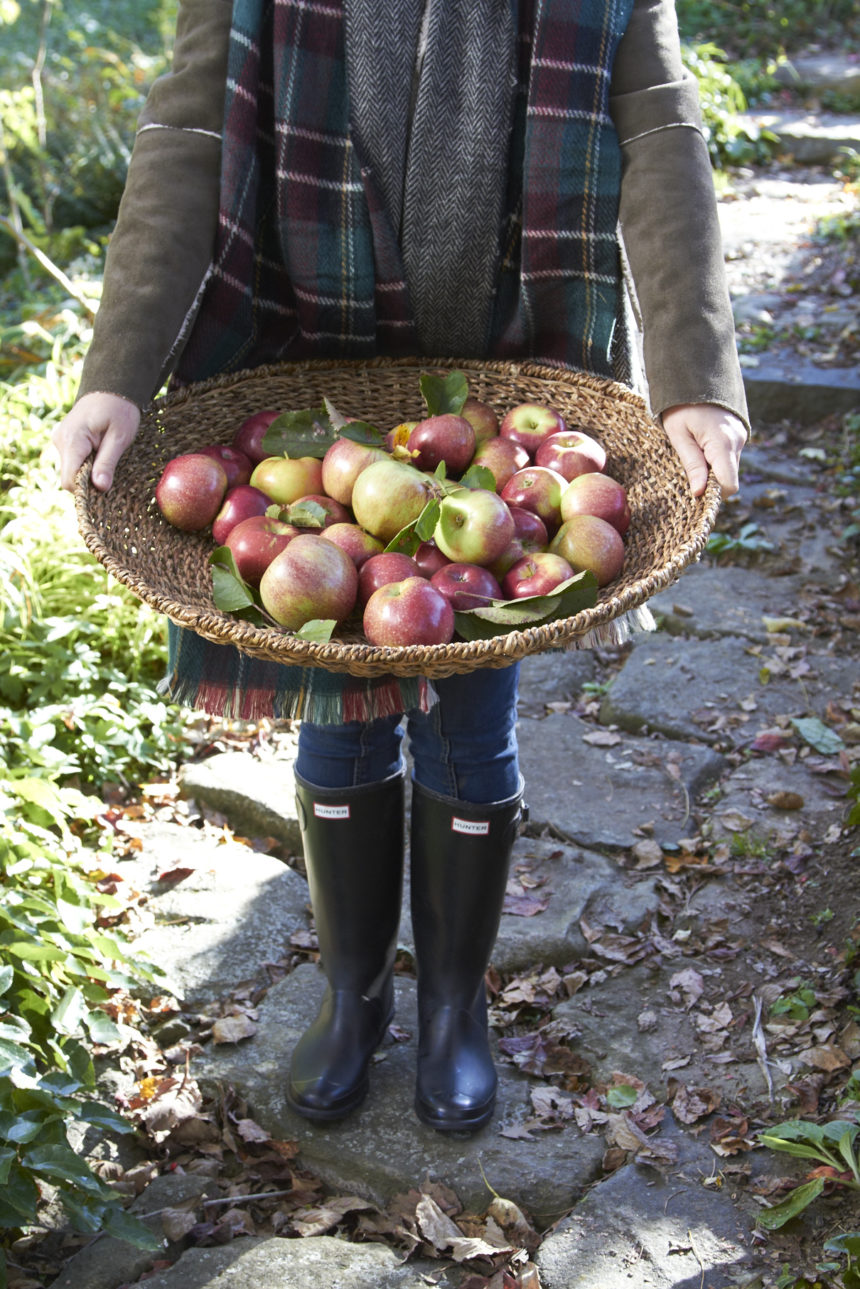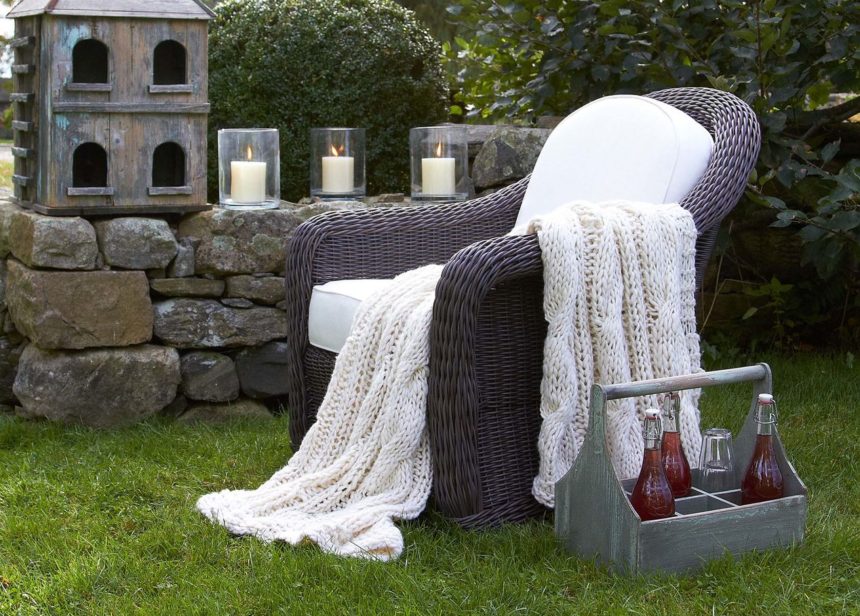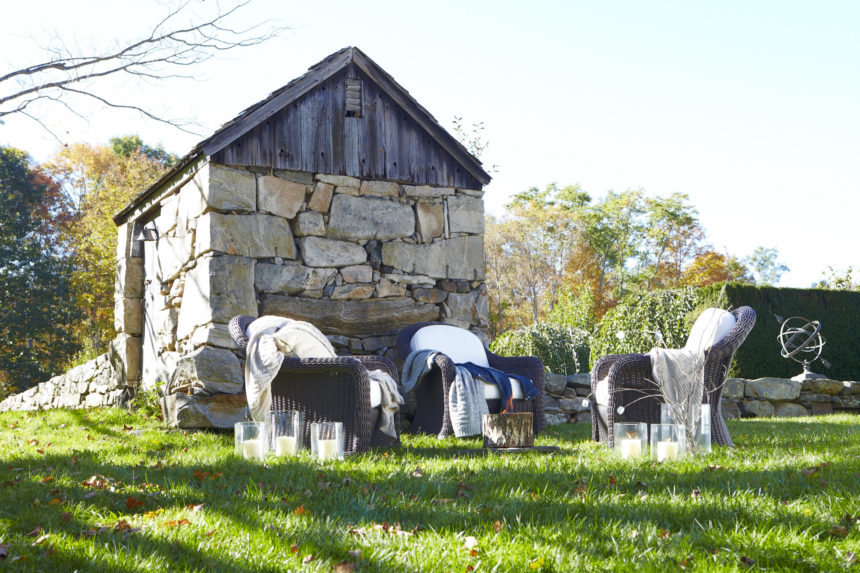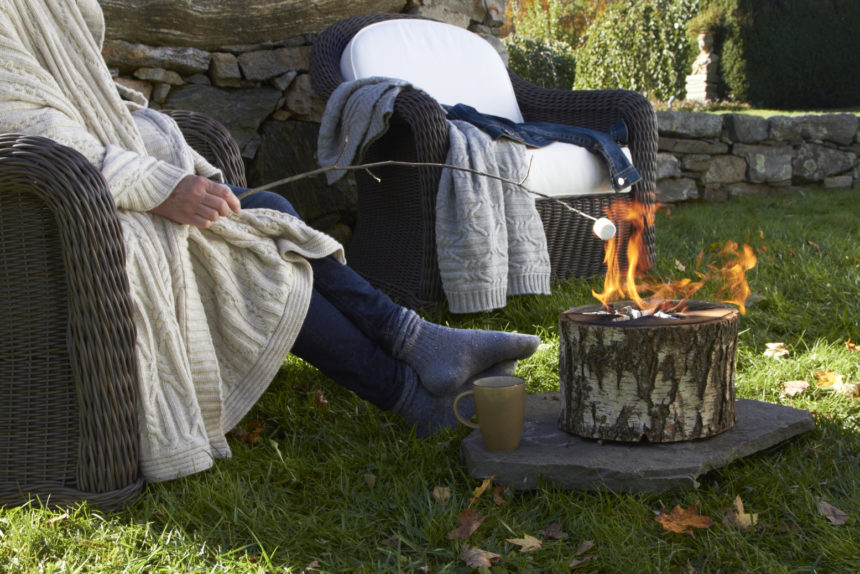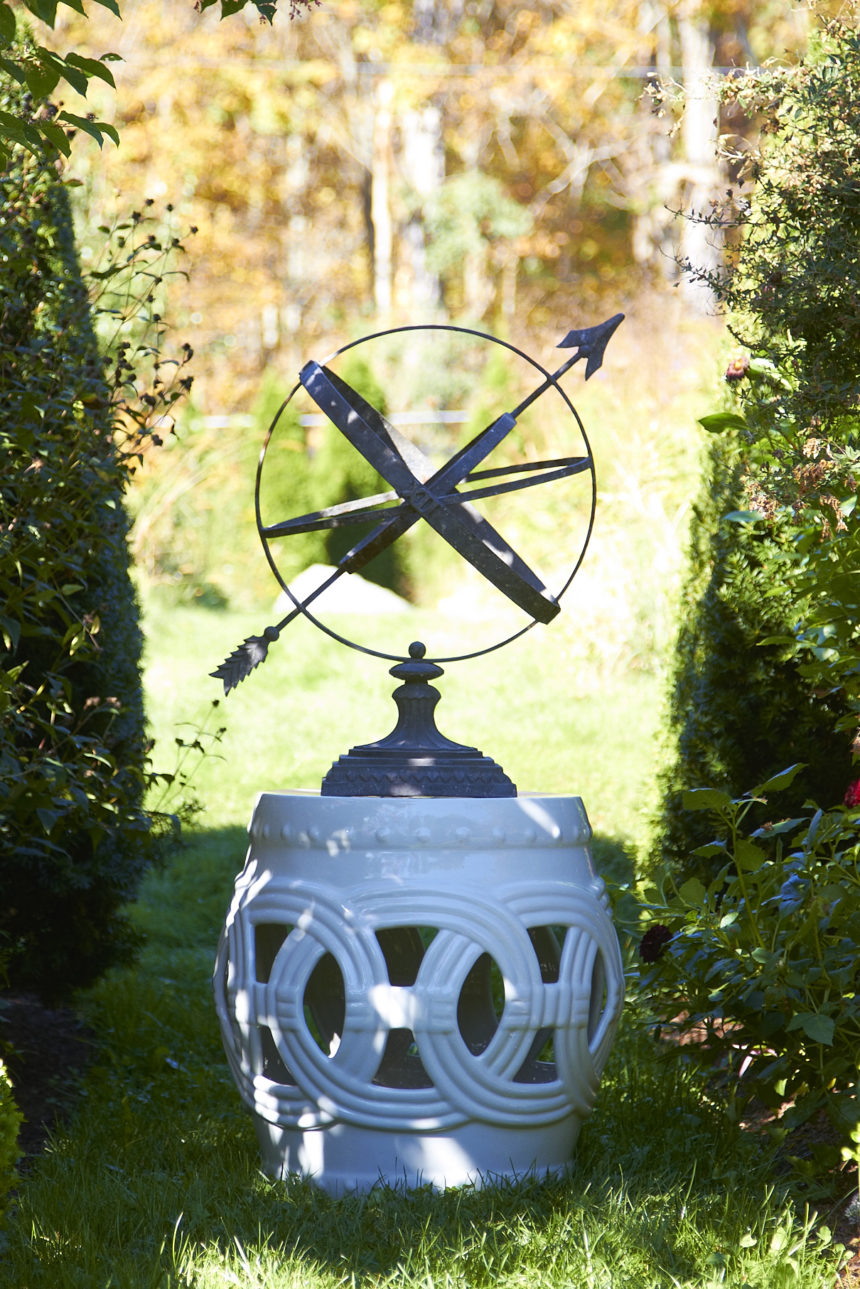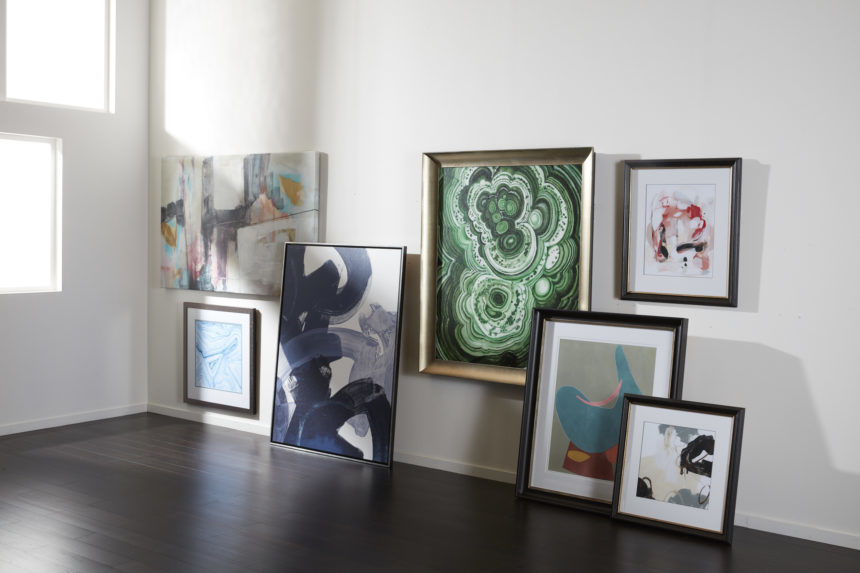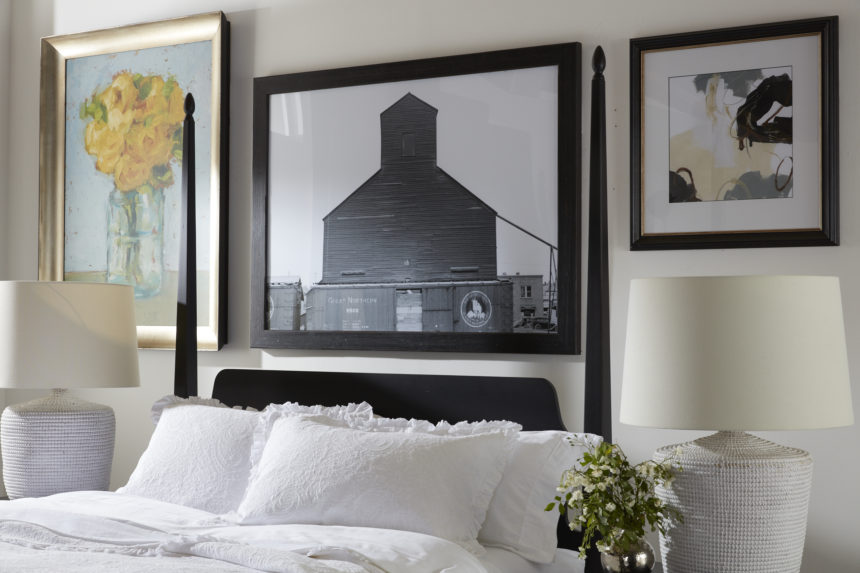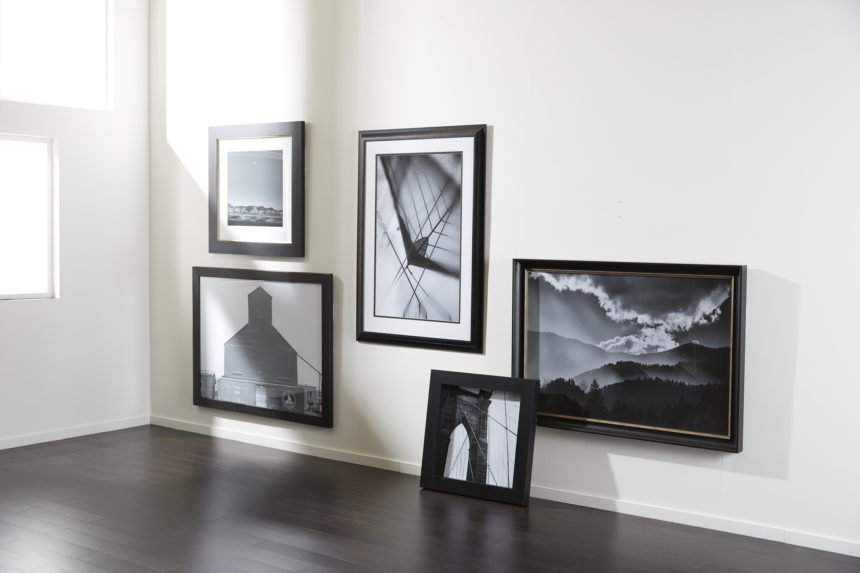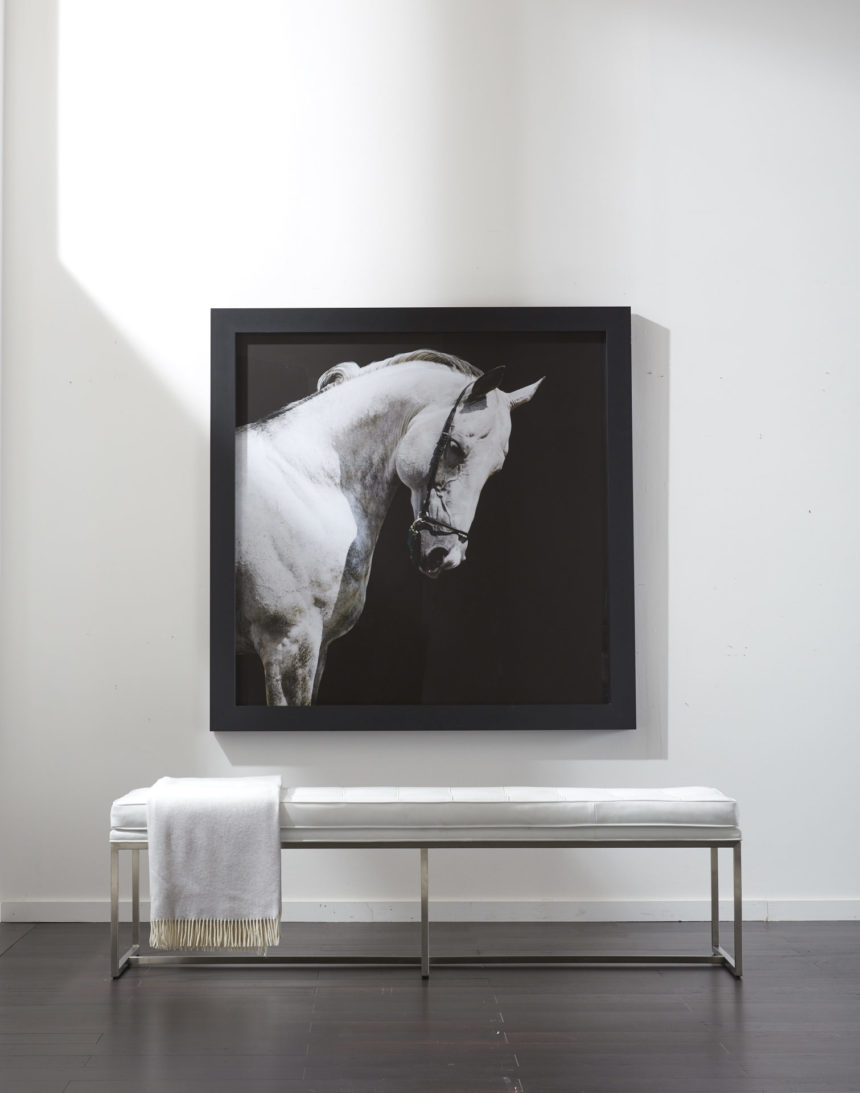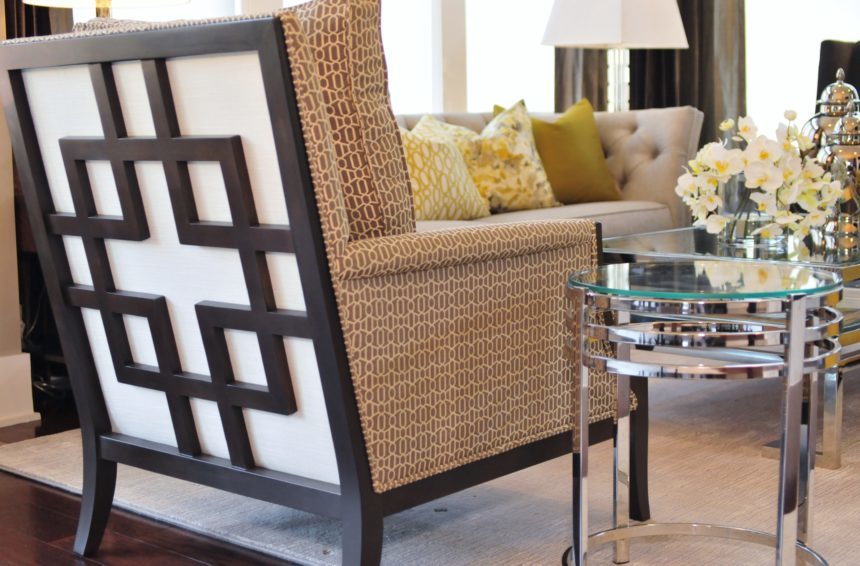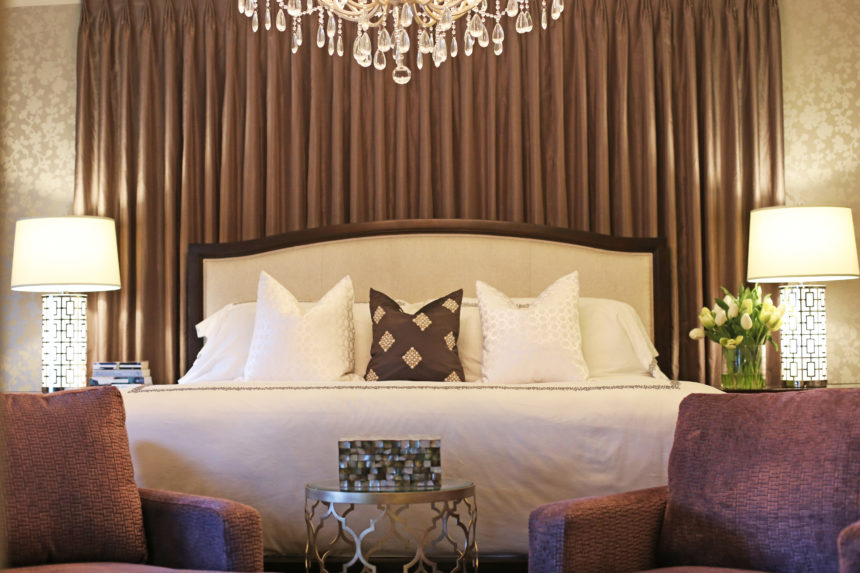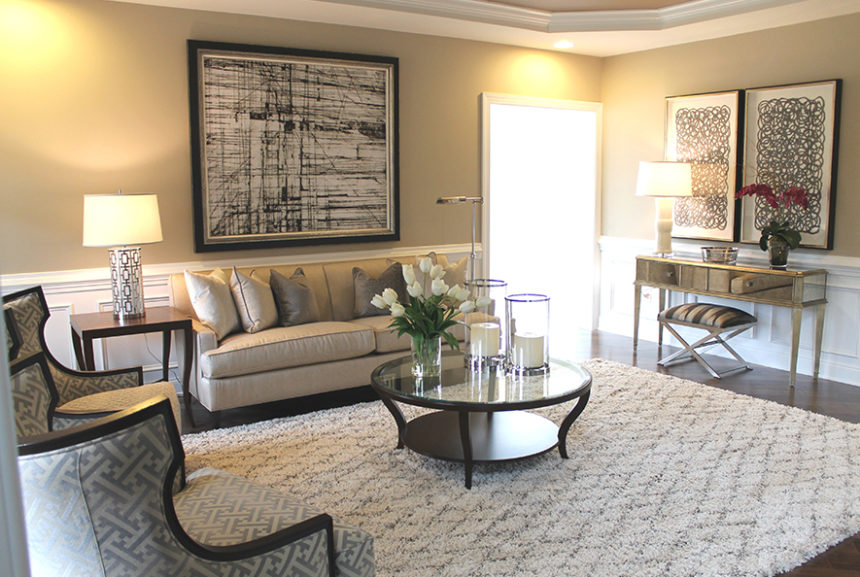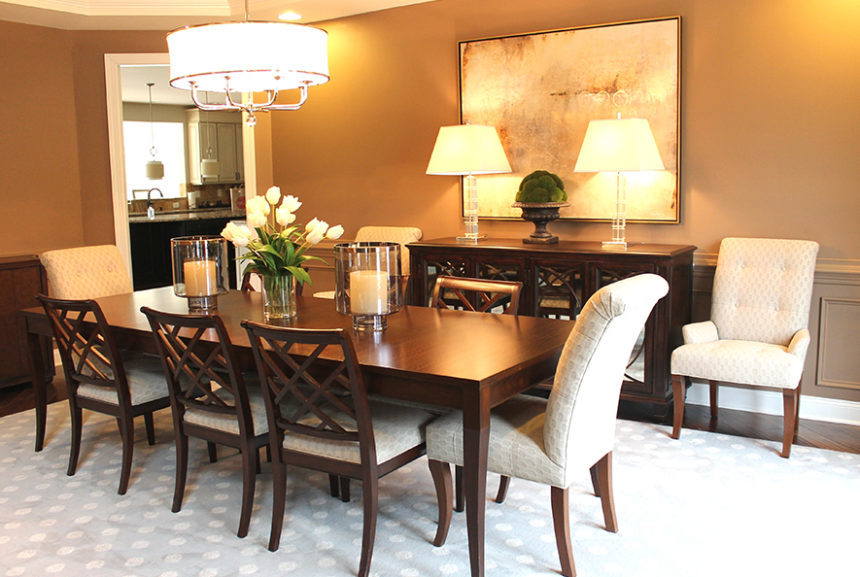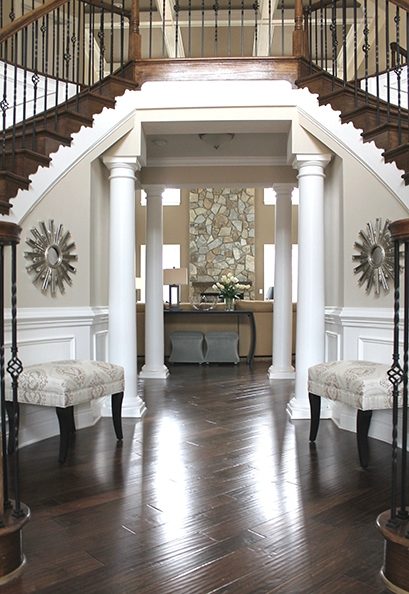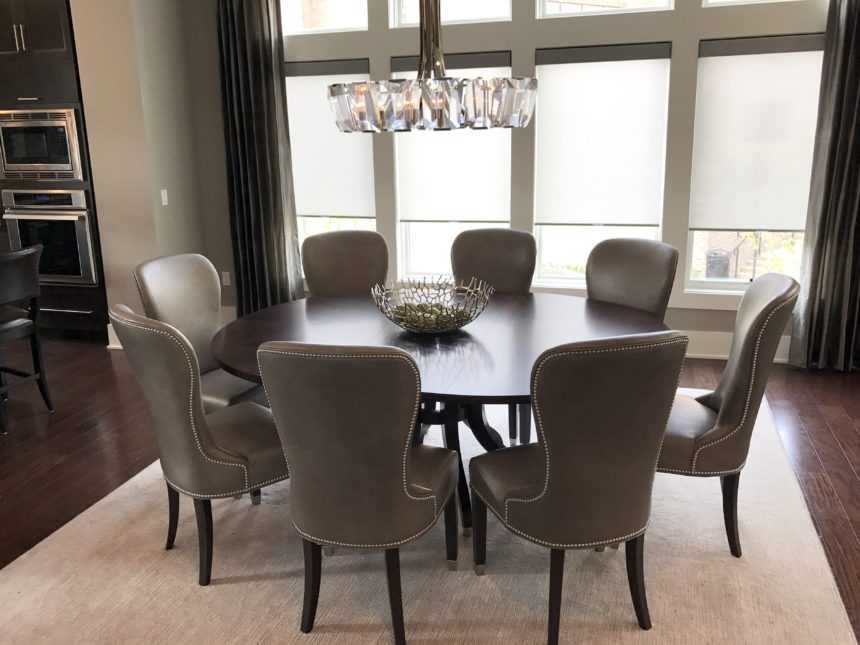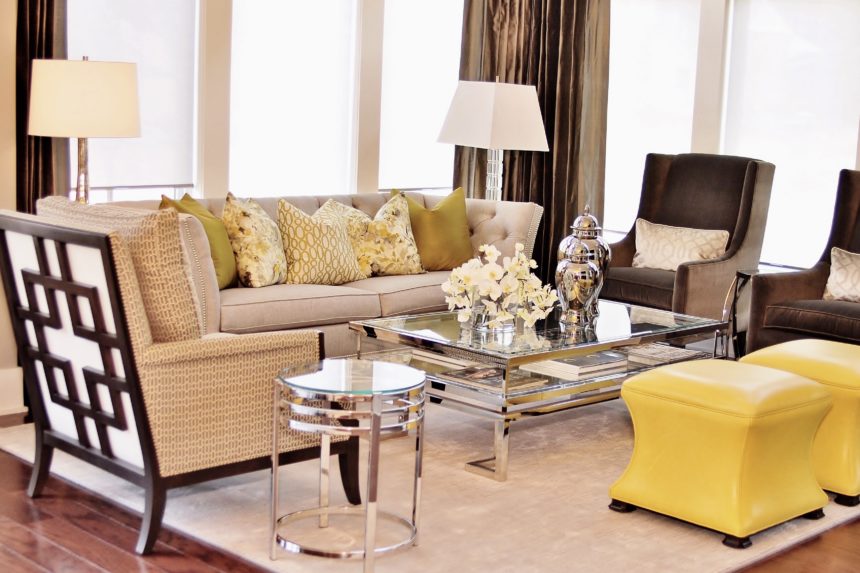How to Mix Dining Chairs: Start With Doubles
If you’re looking for a good recipe to shake up your dining room style, then start mixing things up with mismatched chairs. This eclectic style has become a here-to-stay trend we love—and why not? Mingling different chairs opens up countless ways to play with color, texture, and scale. When done right, it creates a fresh, unexpected look.
So how do you make it look so—well, put together? Here are a few tips from our designers to help you master the mismatch.
START WITH DOUBLES
You don’t have to start over to get in on this look. Ease into it by introducing one set of chairs in a completely different design at the head and foot of the table. If your current style leans toward traditional, swap out your armchairs for a pair of modern ones, or add a duo of dramatic wing chairs to make a statement.
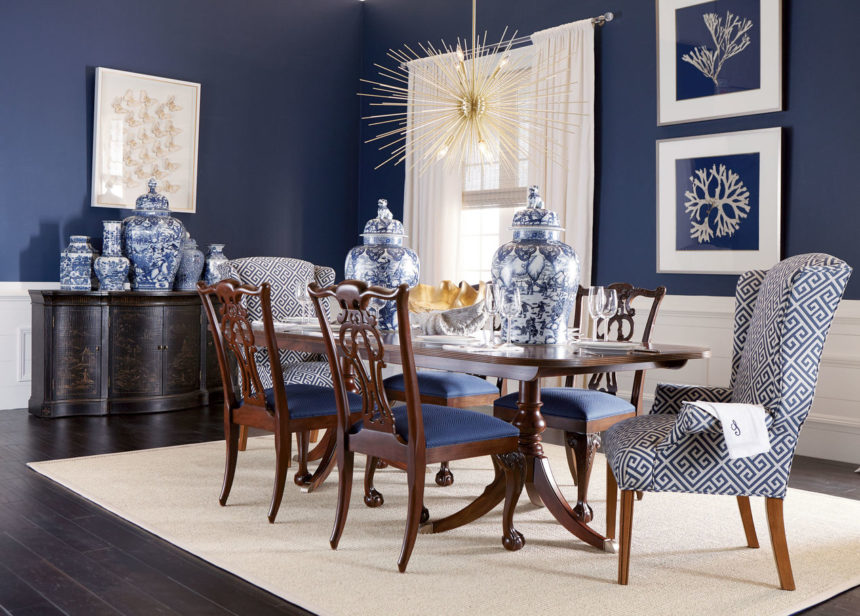
HOW IT’S DONE: Our Jayden host chairs bring a modern, dramatic vibe to this elegant dining room with high backs, sinuous lines, and sleek tapered legs. Our designers tie the look together by dressing them in bold, blue-and-white Greek key fabric to coordinate with the upholstered seats of the Chauncey side chairs.
SET A BENCHMARK
To create a relaxed feel, rethink your seating arrangement and replace a set of side chairs with a stunning upholstered bench. This look is not only fresh and fashionable—it’s also great for comfortably fitting in more friends and family on one or both sides of your table.
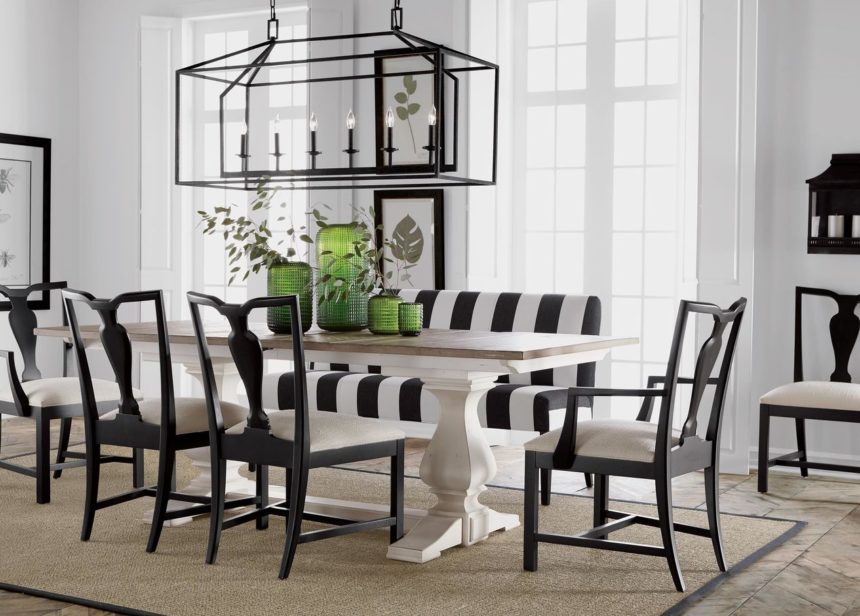
HOW IT’S DONE: The Clinton bench, upholstered in a striking black-and-white striped fabric, cozies up this dining room with a fashionable edge and invites gathering, lingering—and tons of compliments!
MIX, THEN MATCH
Maybe you’ve got a host of vintage chairs you’ve been collecting, or you have an eclectic taste for all sorts of styles. If you love a cool, collected look, then go ahead—mix it up! Just keep this pro tip in mind: Dress your chairs in a similar color or pattern to tie the look together.
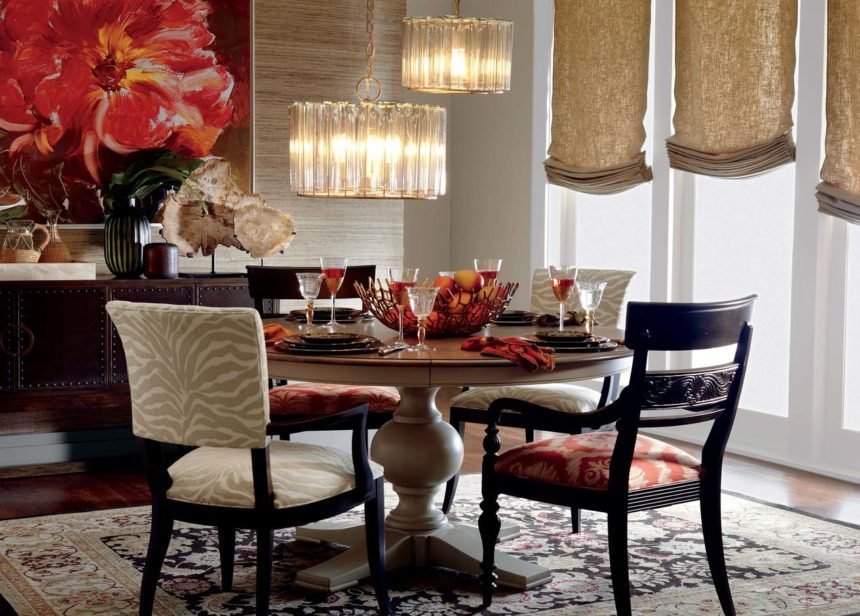
HOW IT’S DONE: Our designers chose a pair of Drew armchairs and Mackenzie armchairs to create this eclectic dining room. While these styles are quite different, they pulled off the look with a couple of expert tricks: choosing chairs that share similar silhouettes, scales, and finishes, and dressing each pair in its own globally inspired pattern to create a collected yet cohesive look.
Hungry for more inspiration? Here’s a look at a few more mismatched dining looks we love!
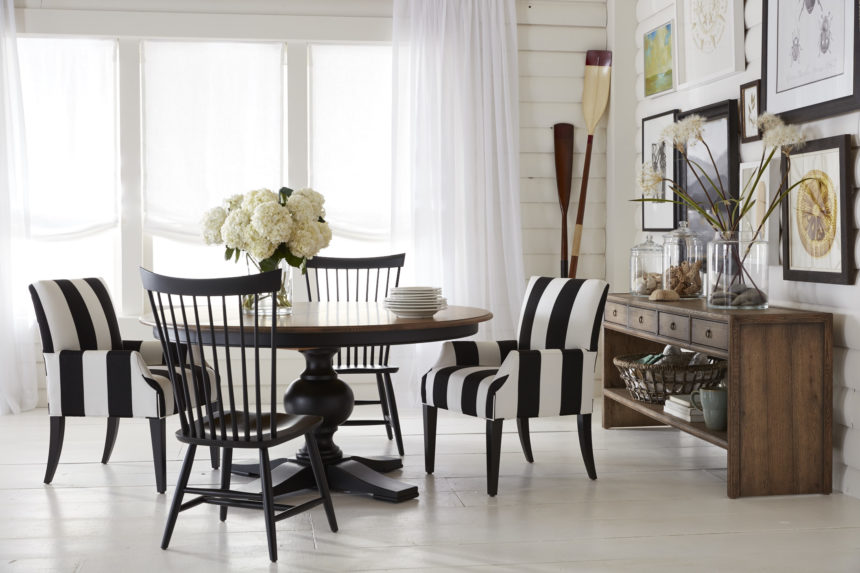
Berkshire Armchair + Clinton Armchair
